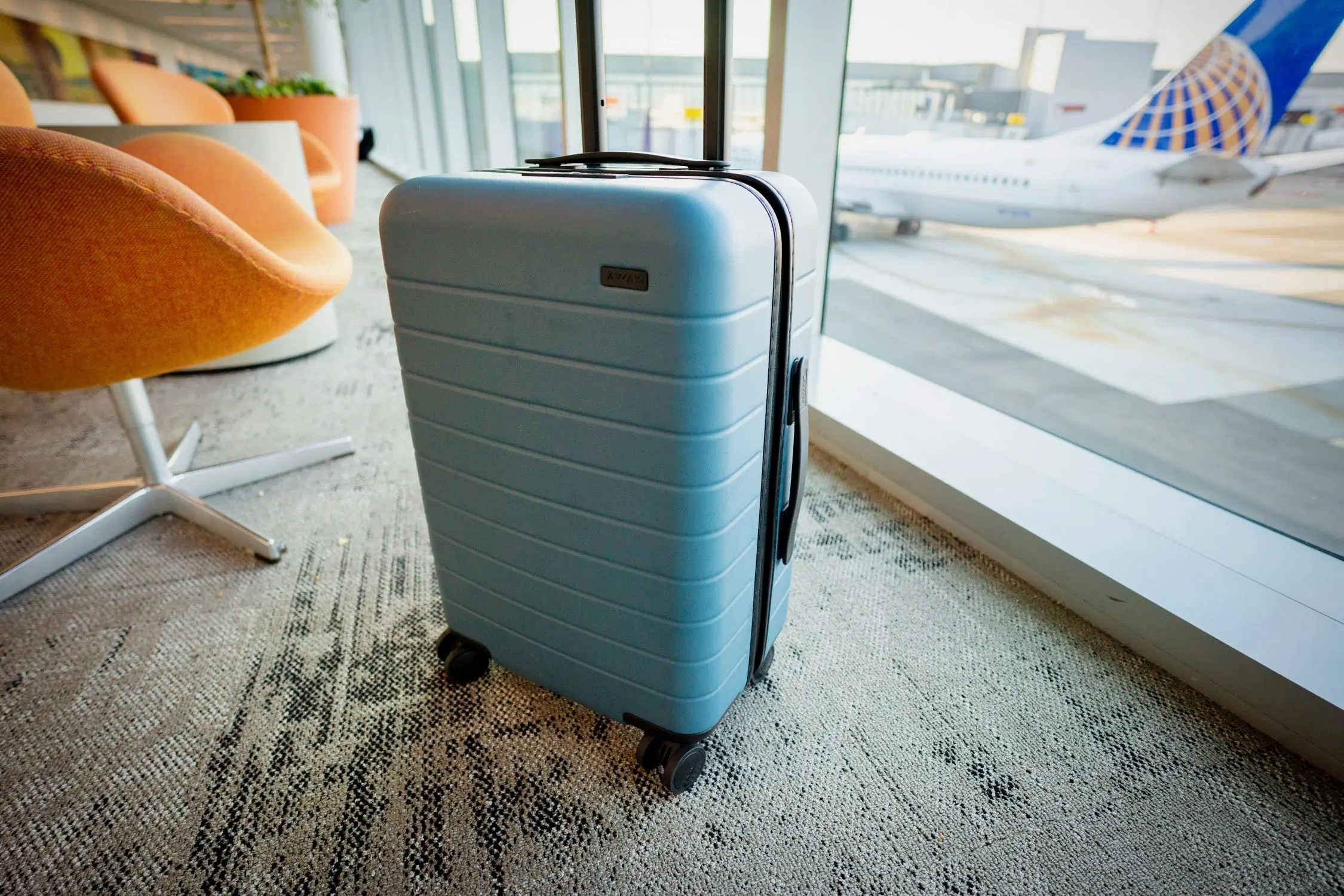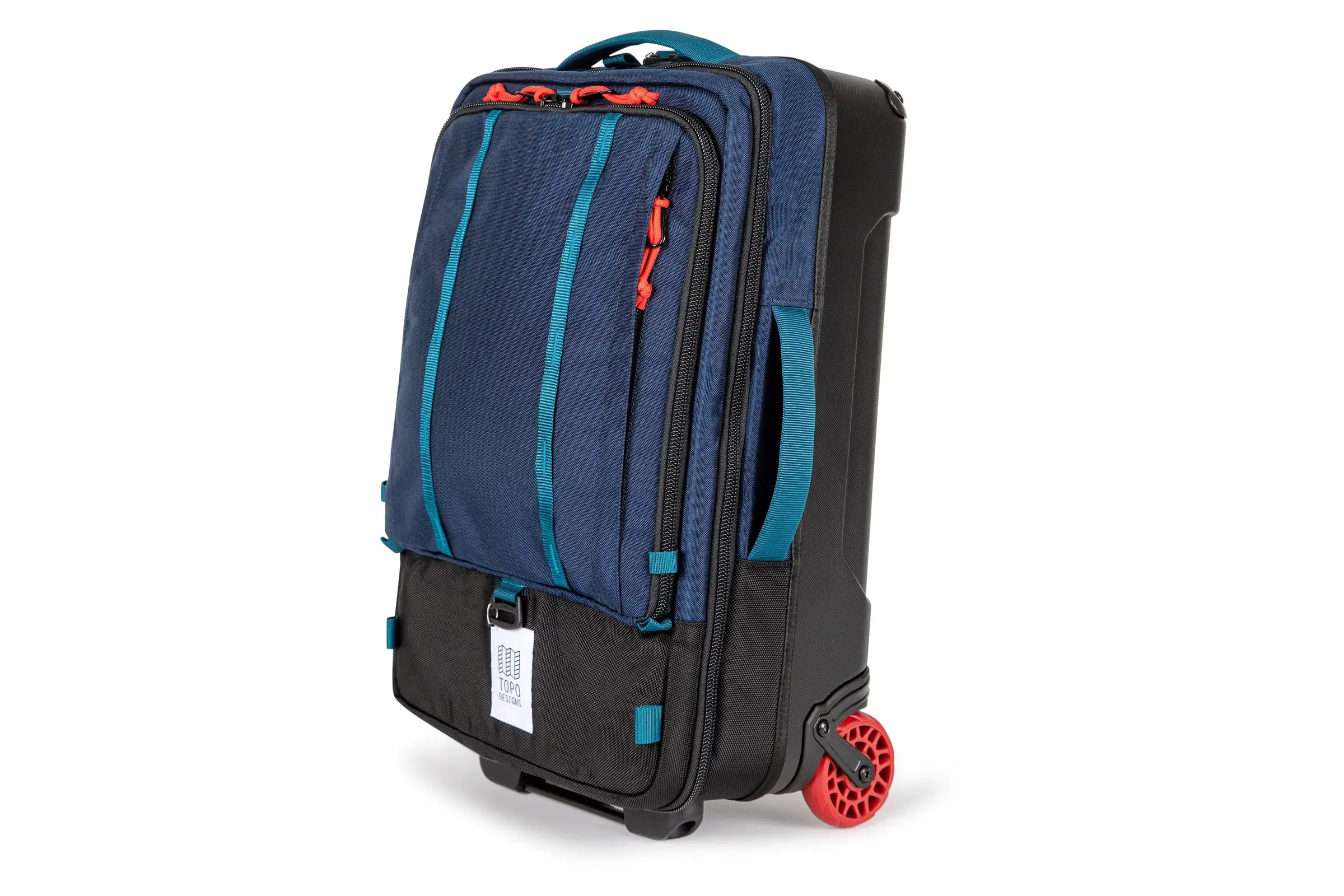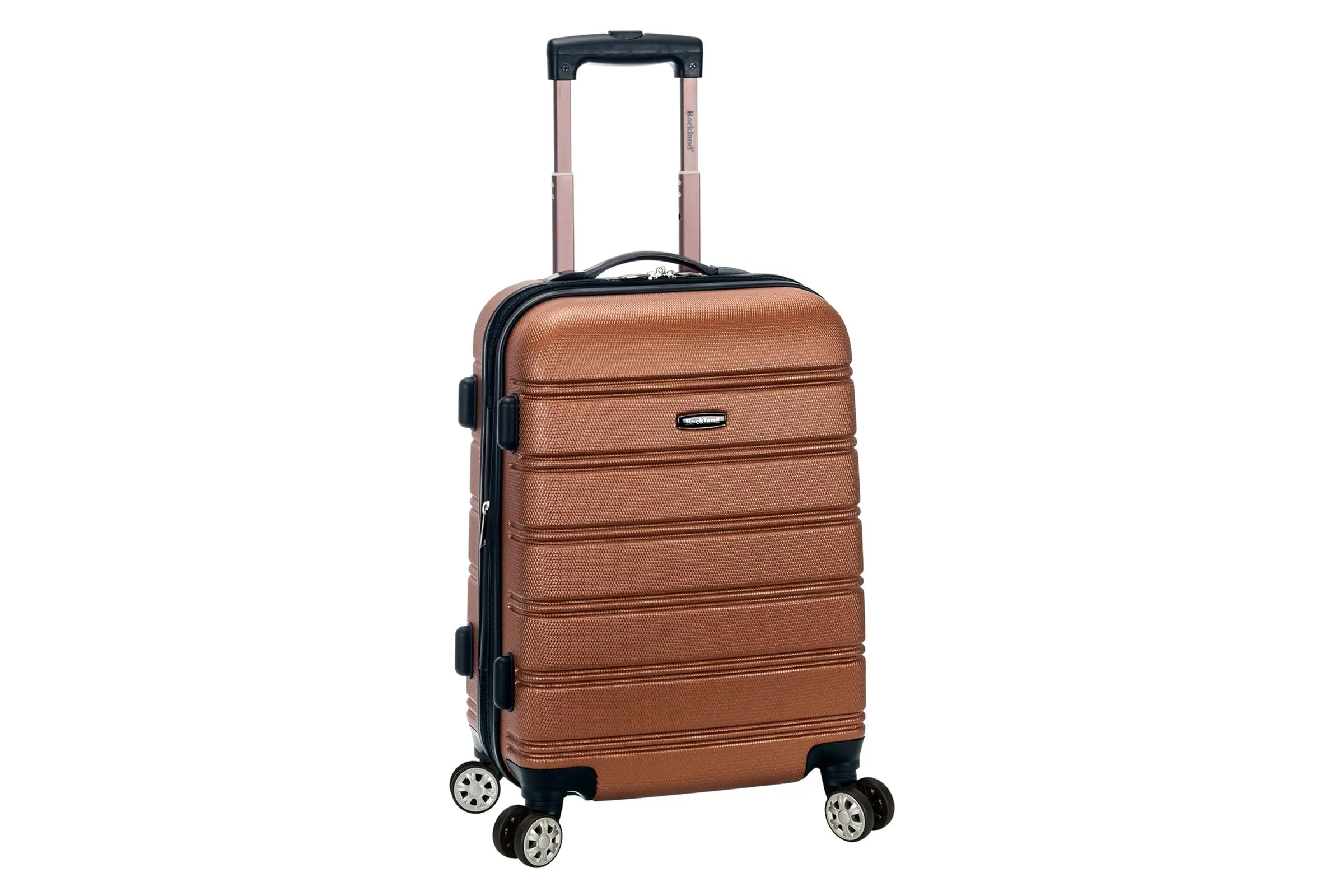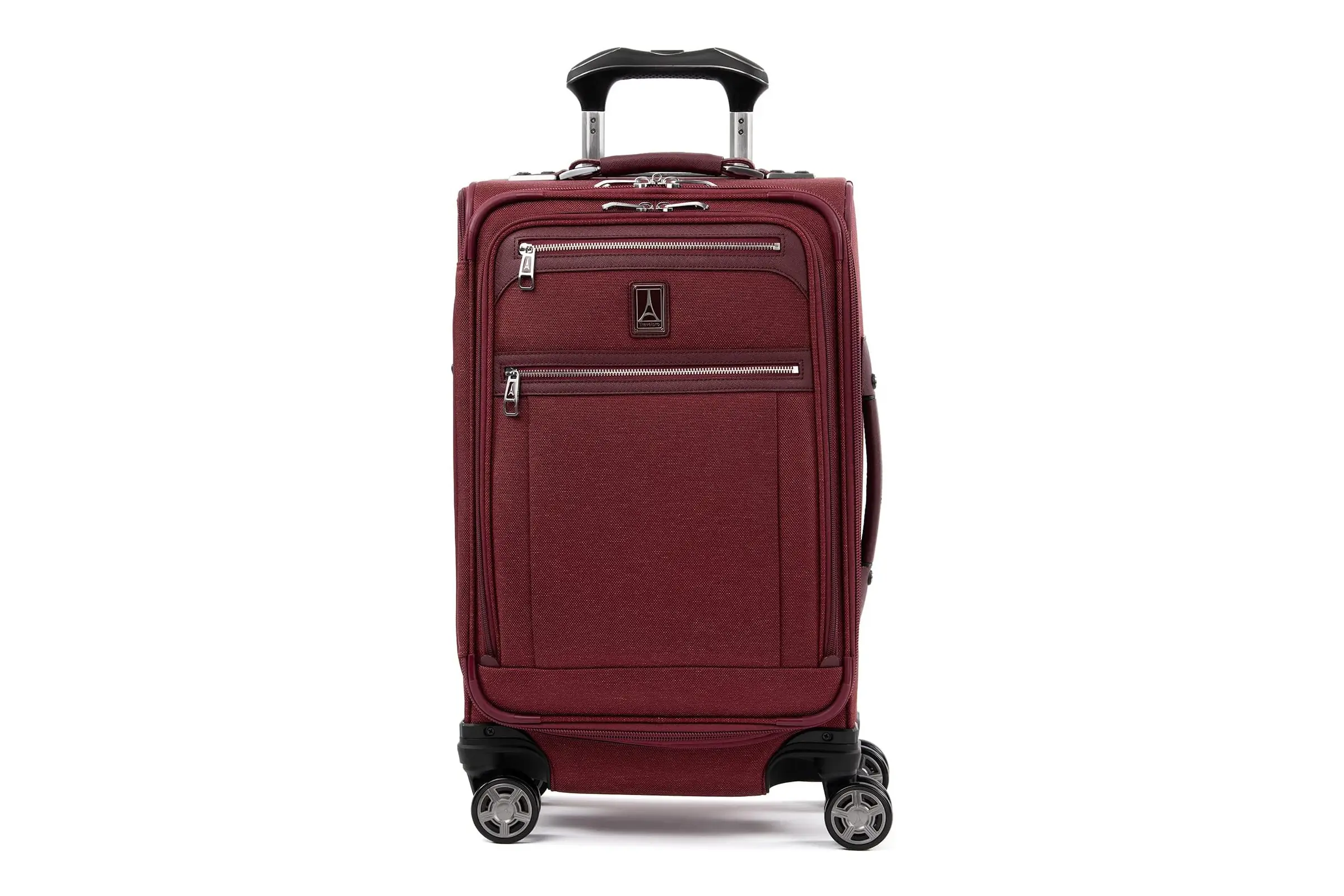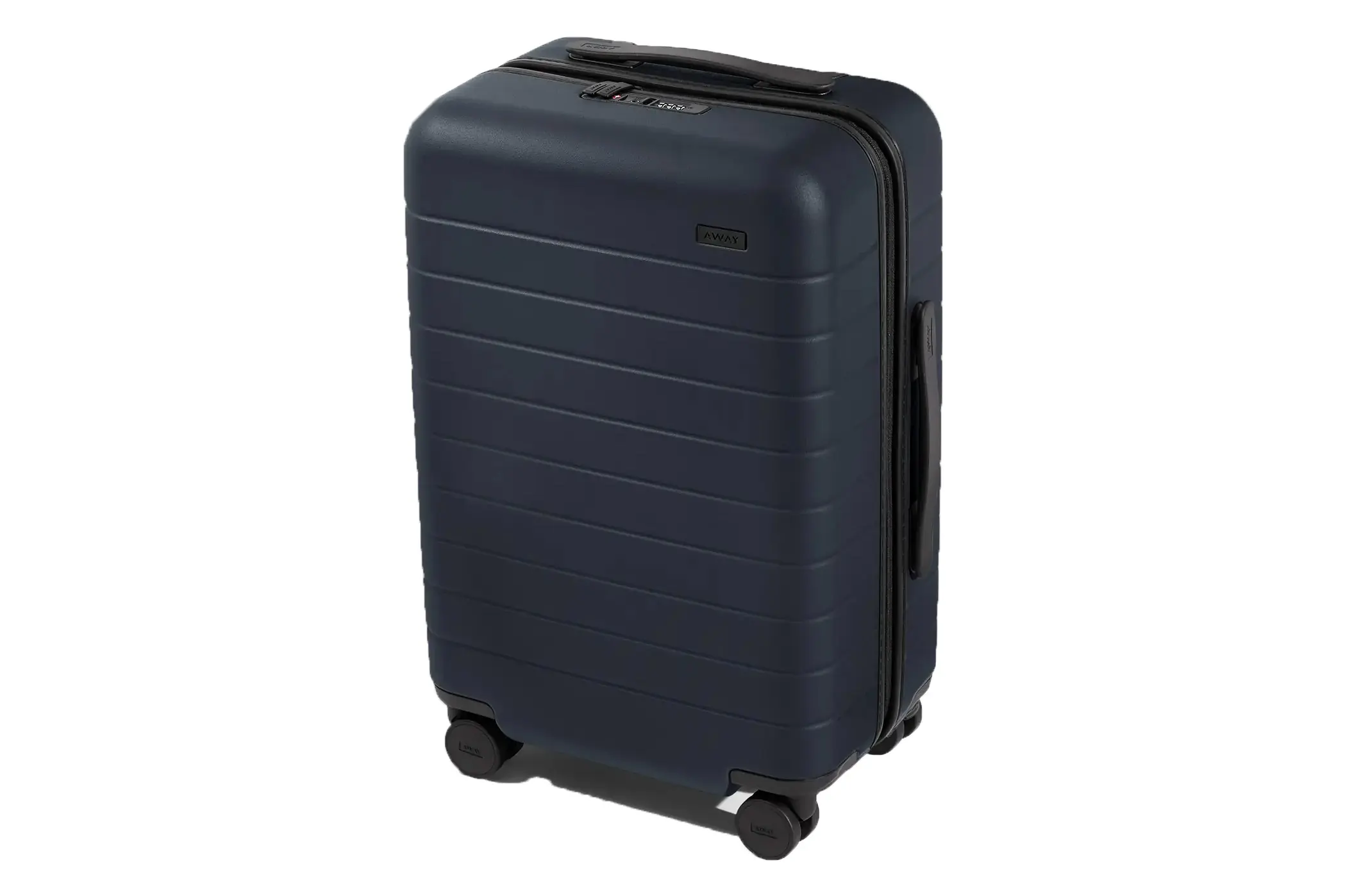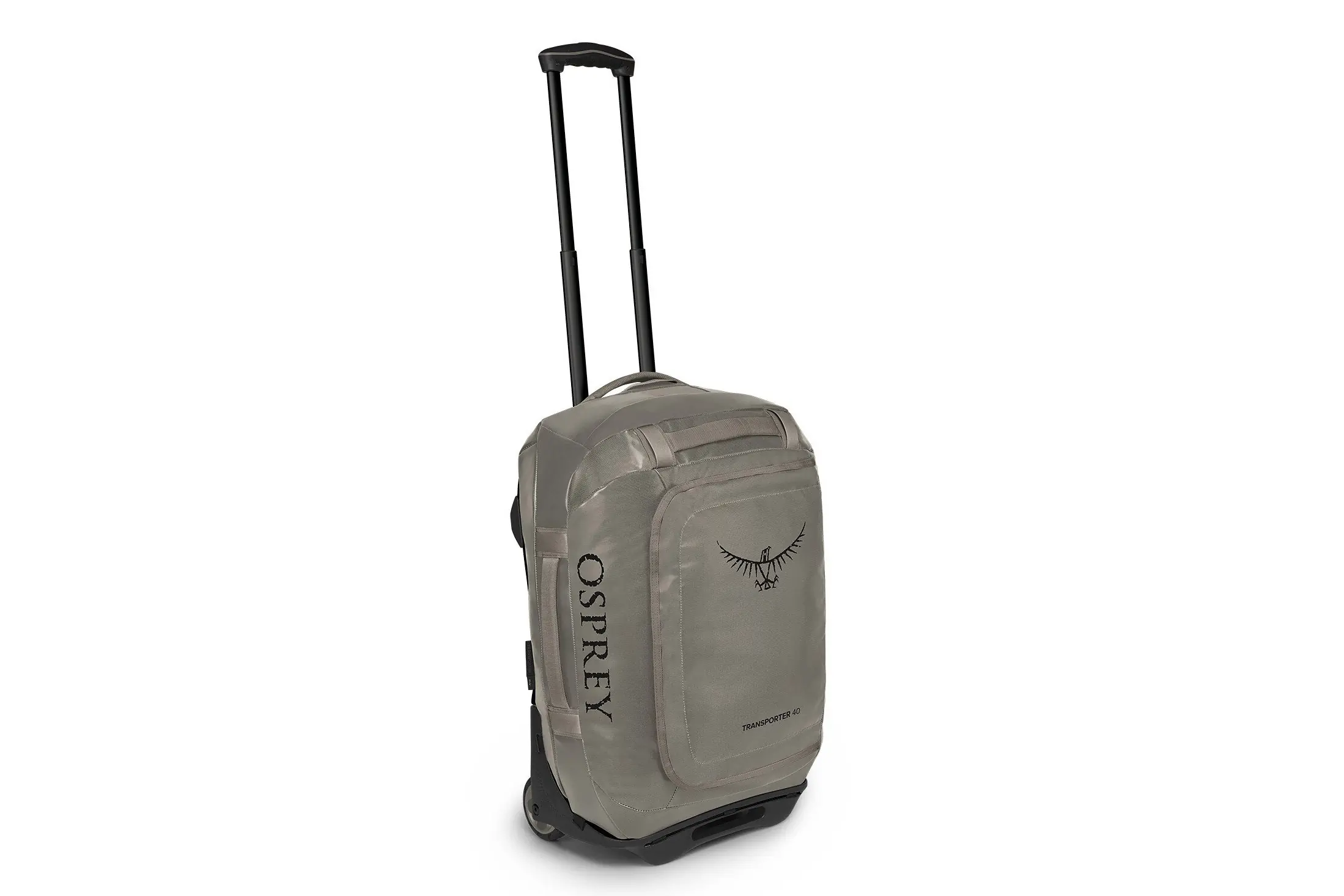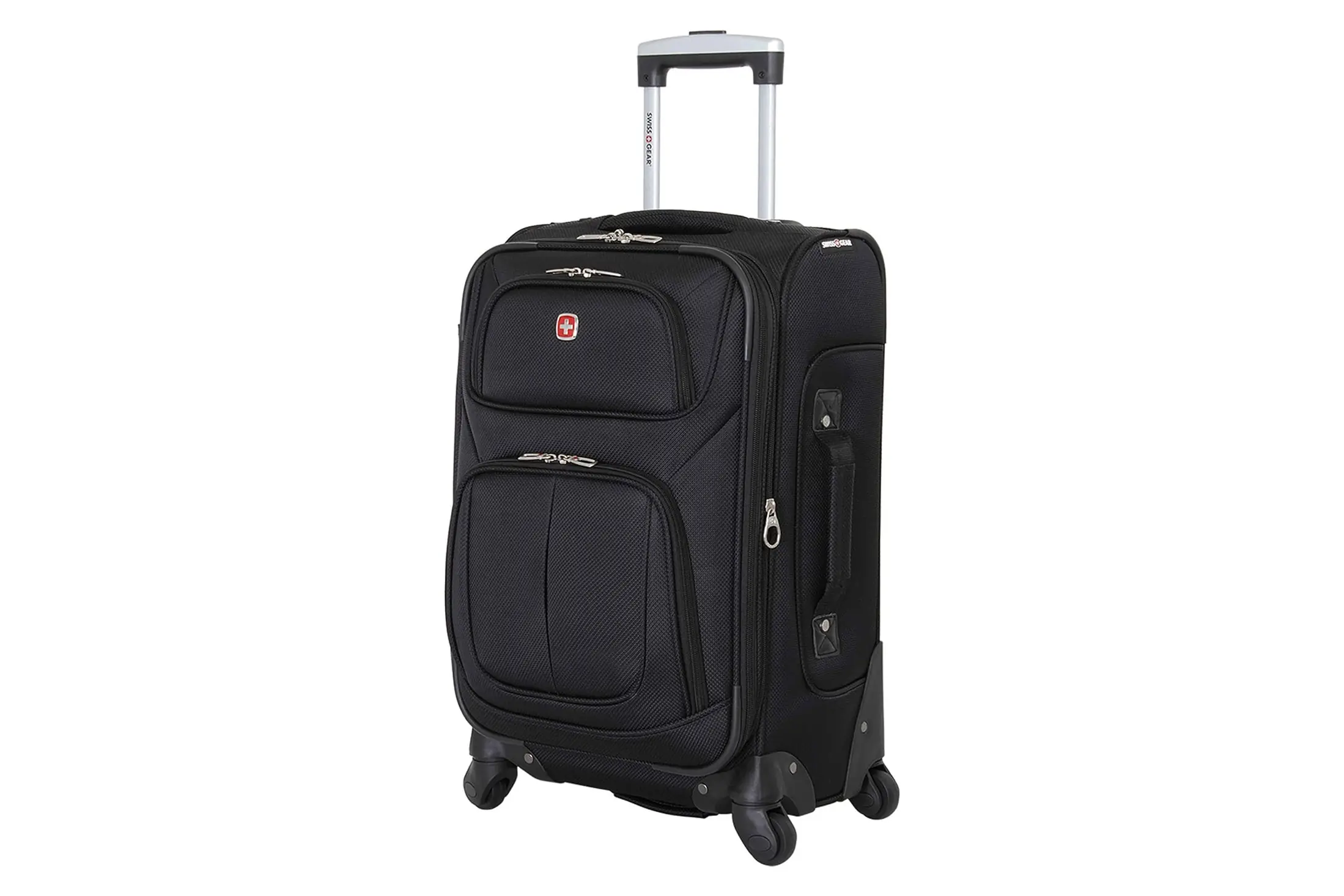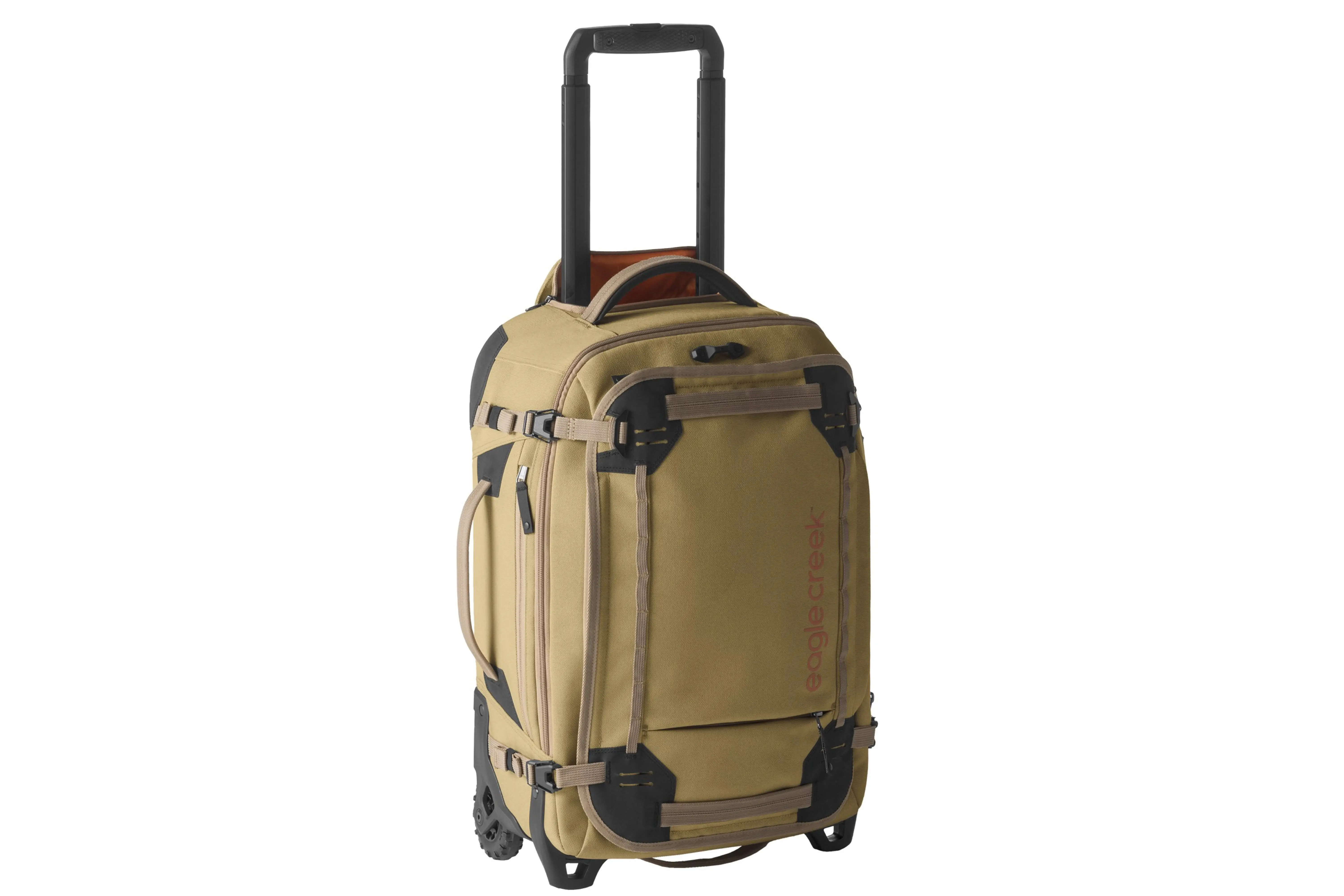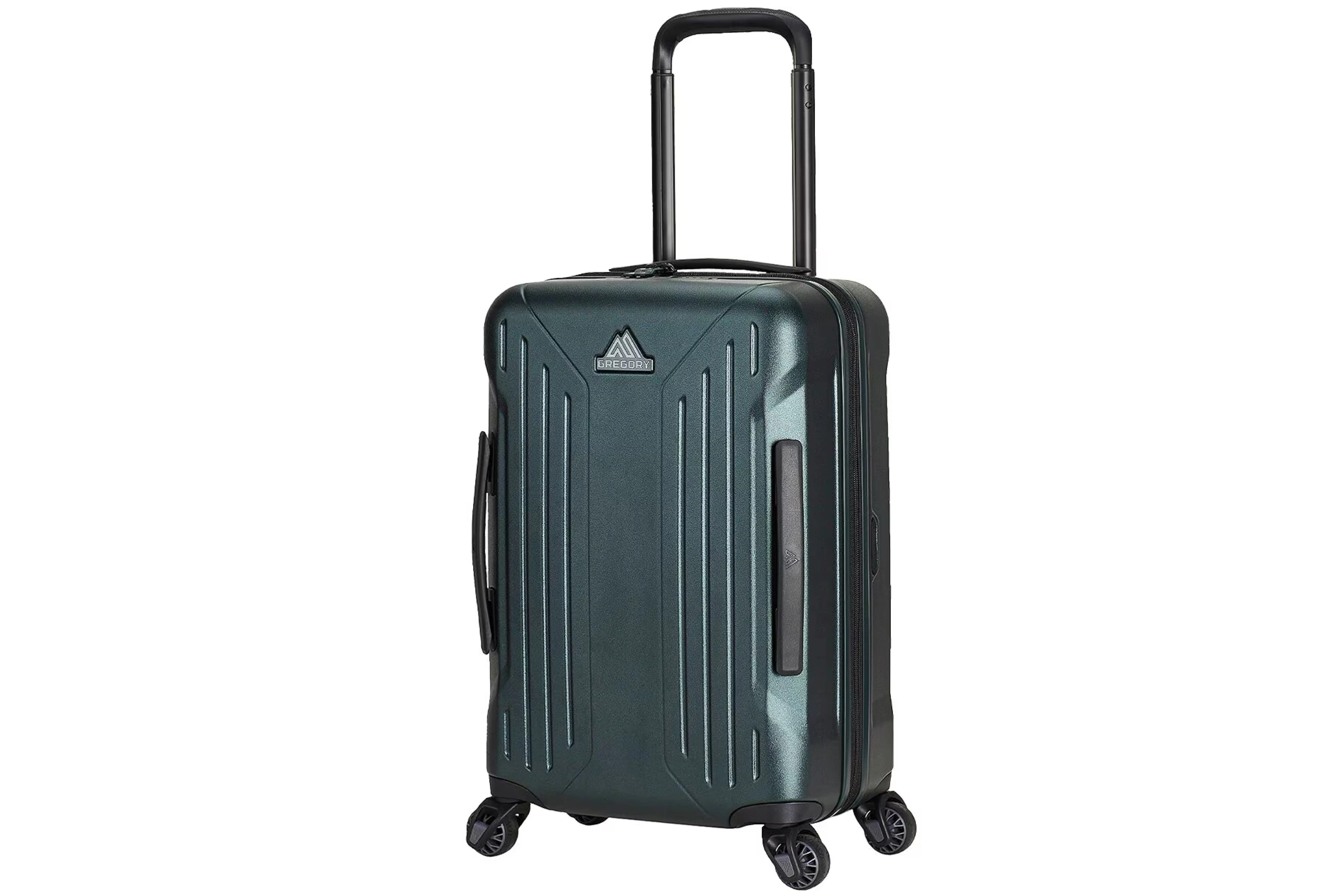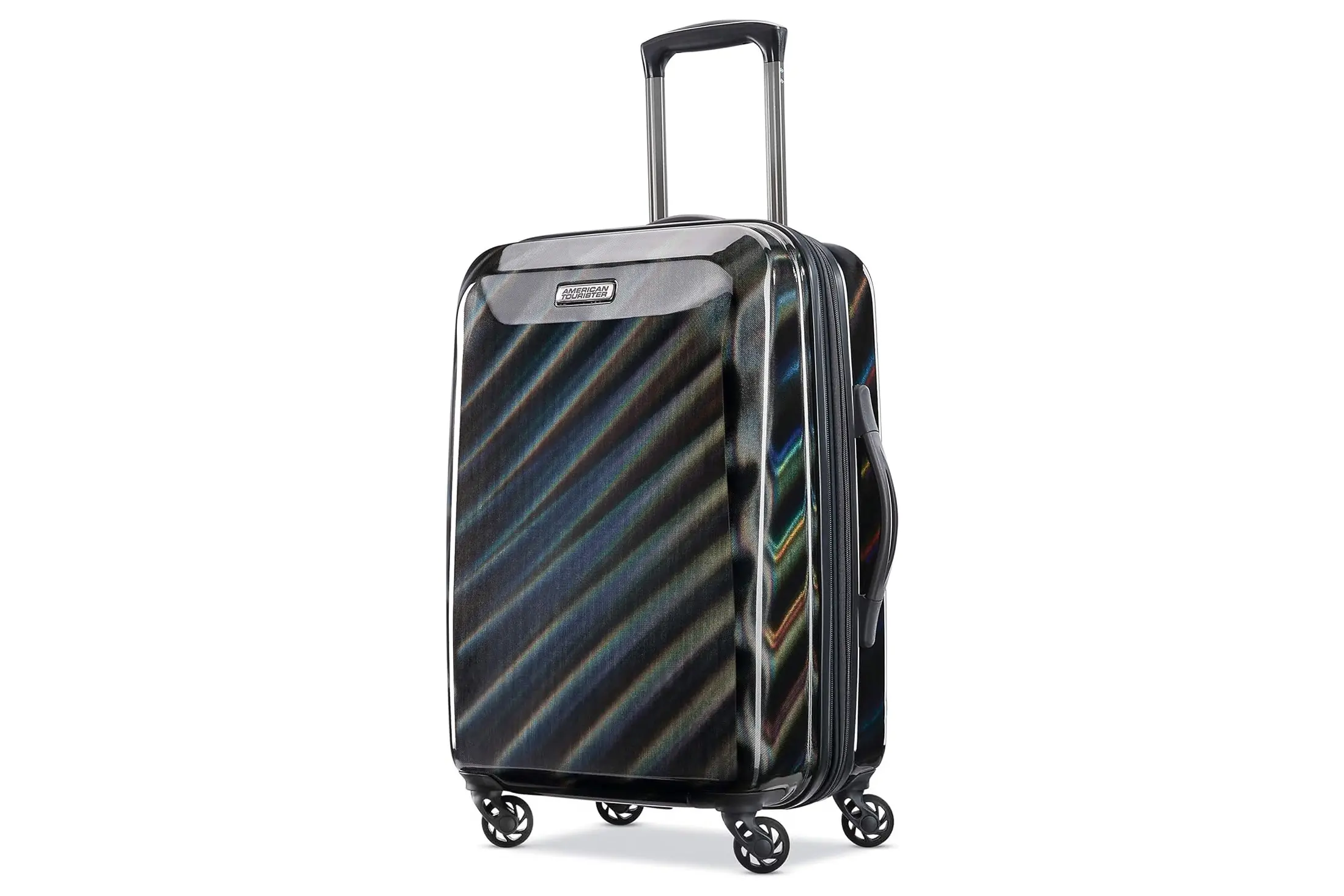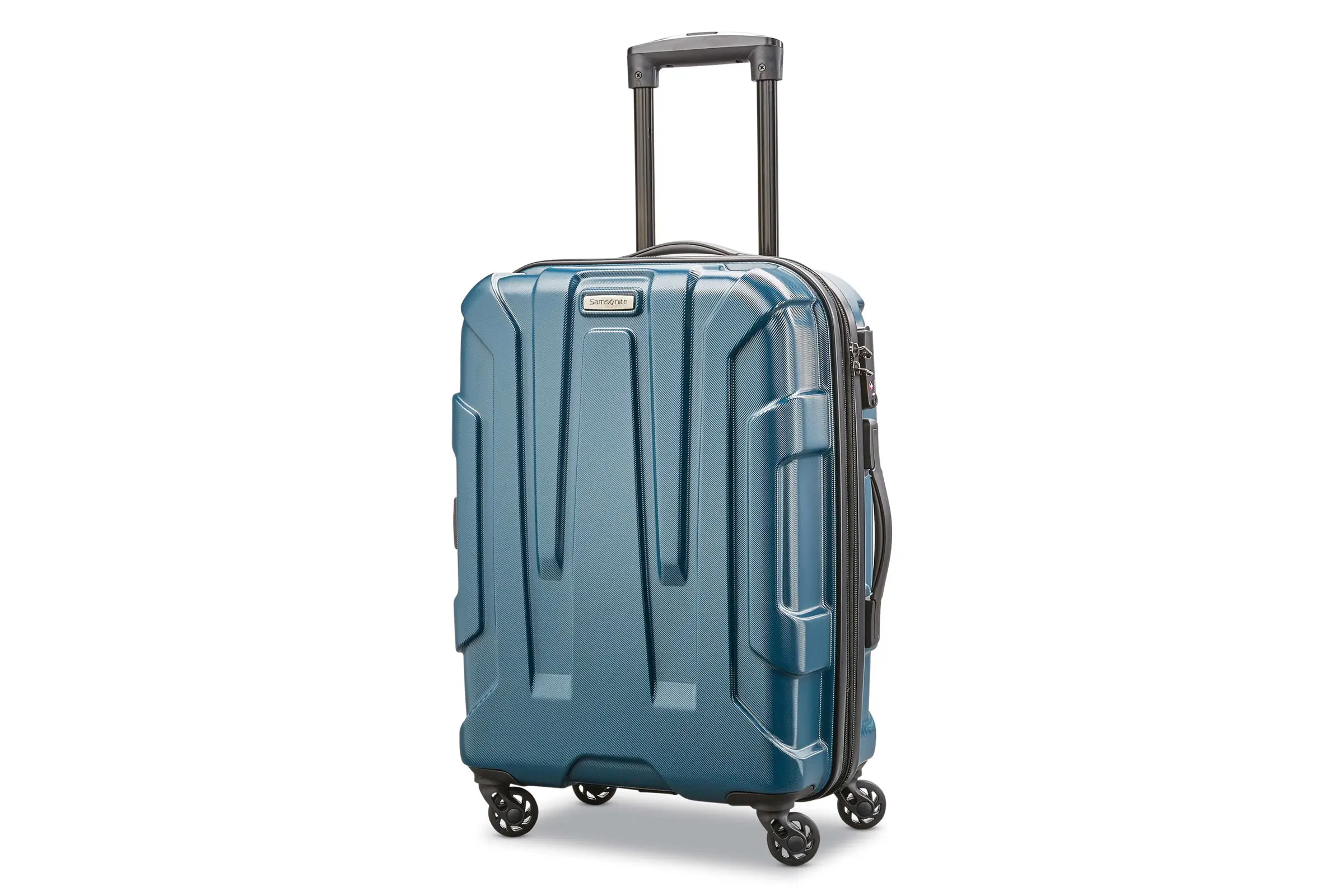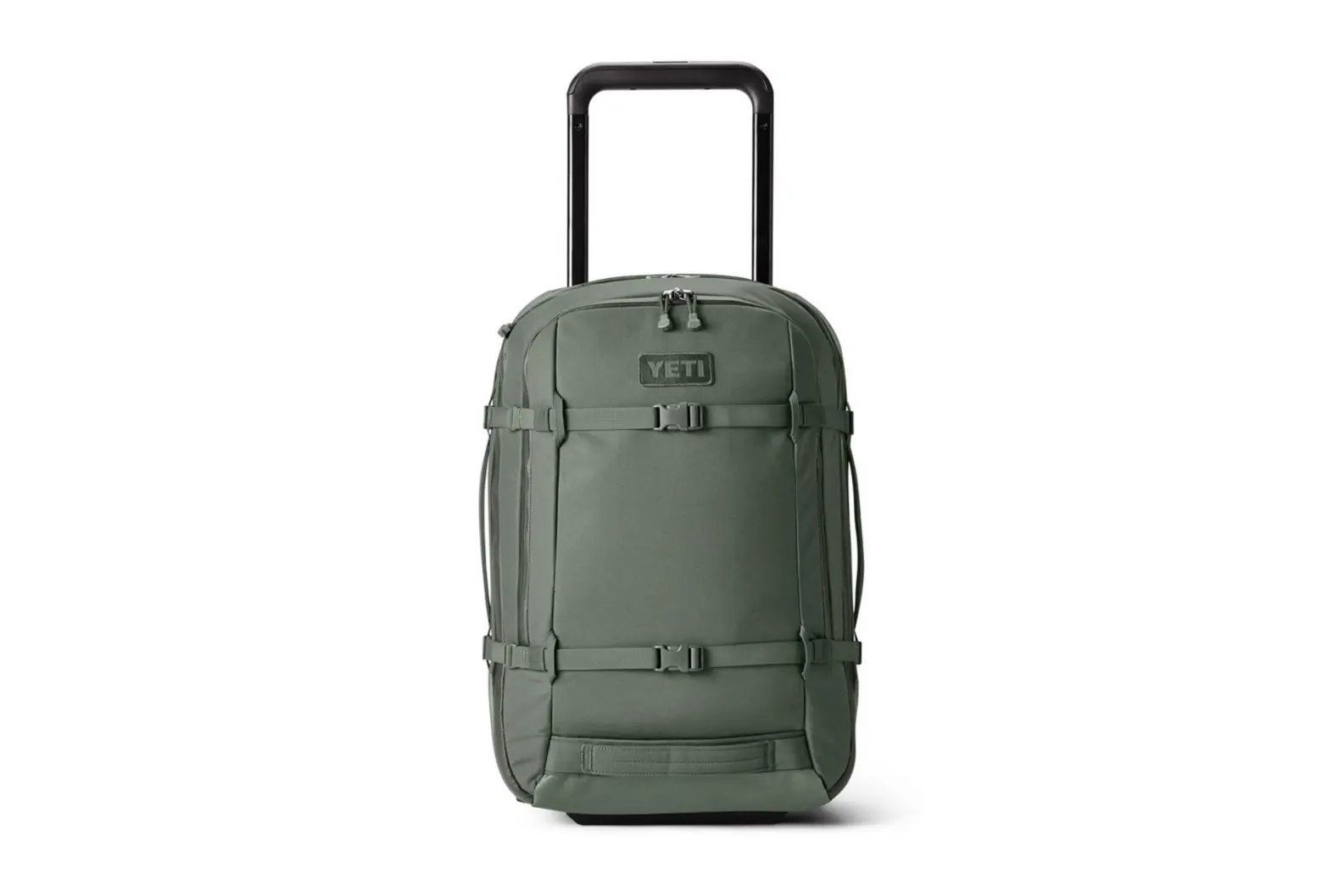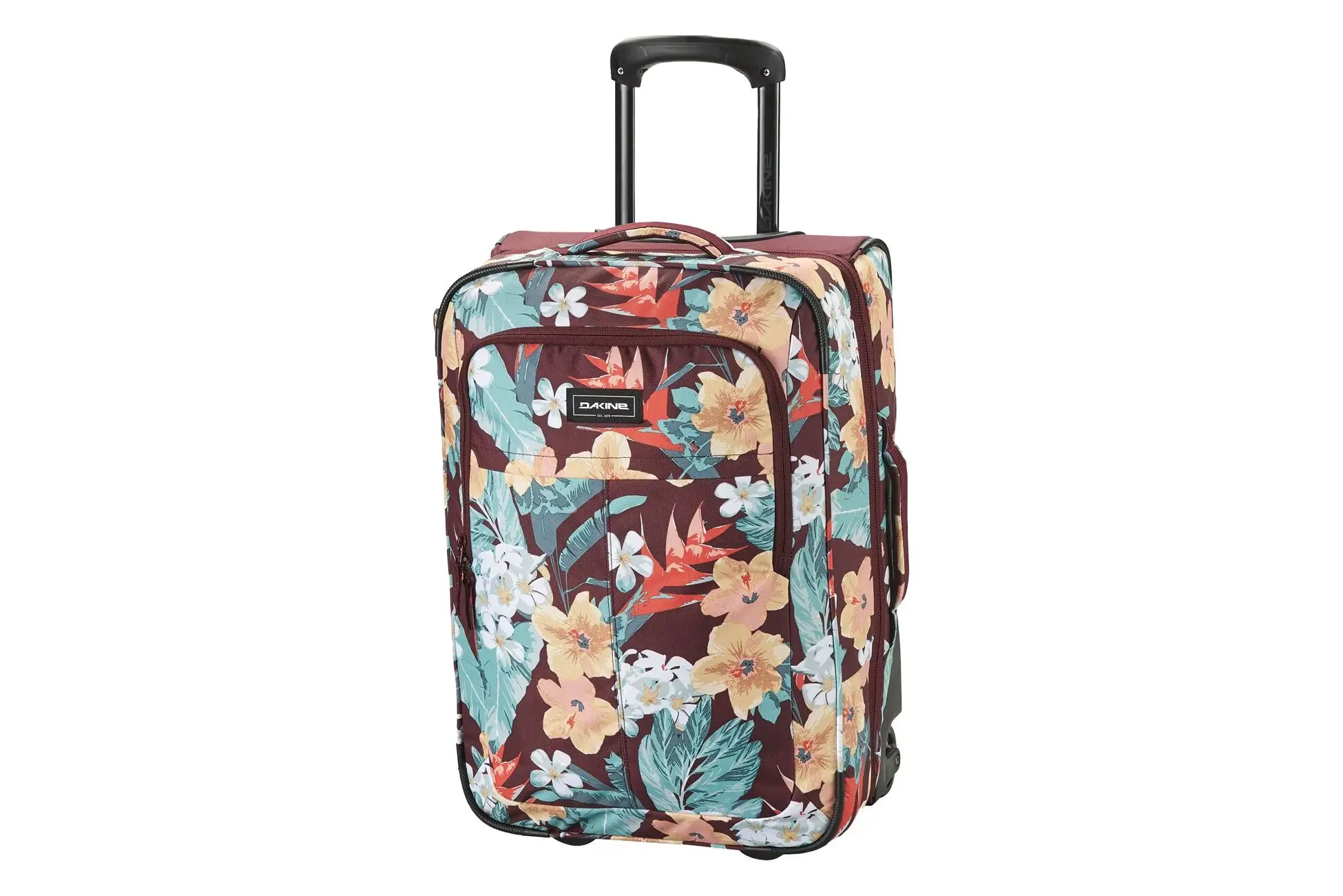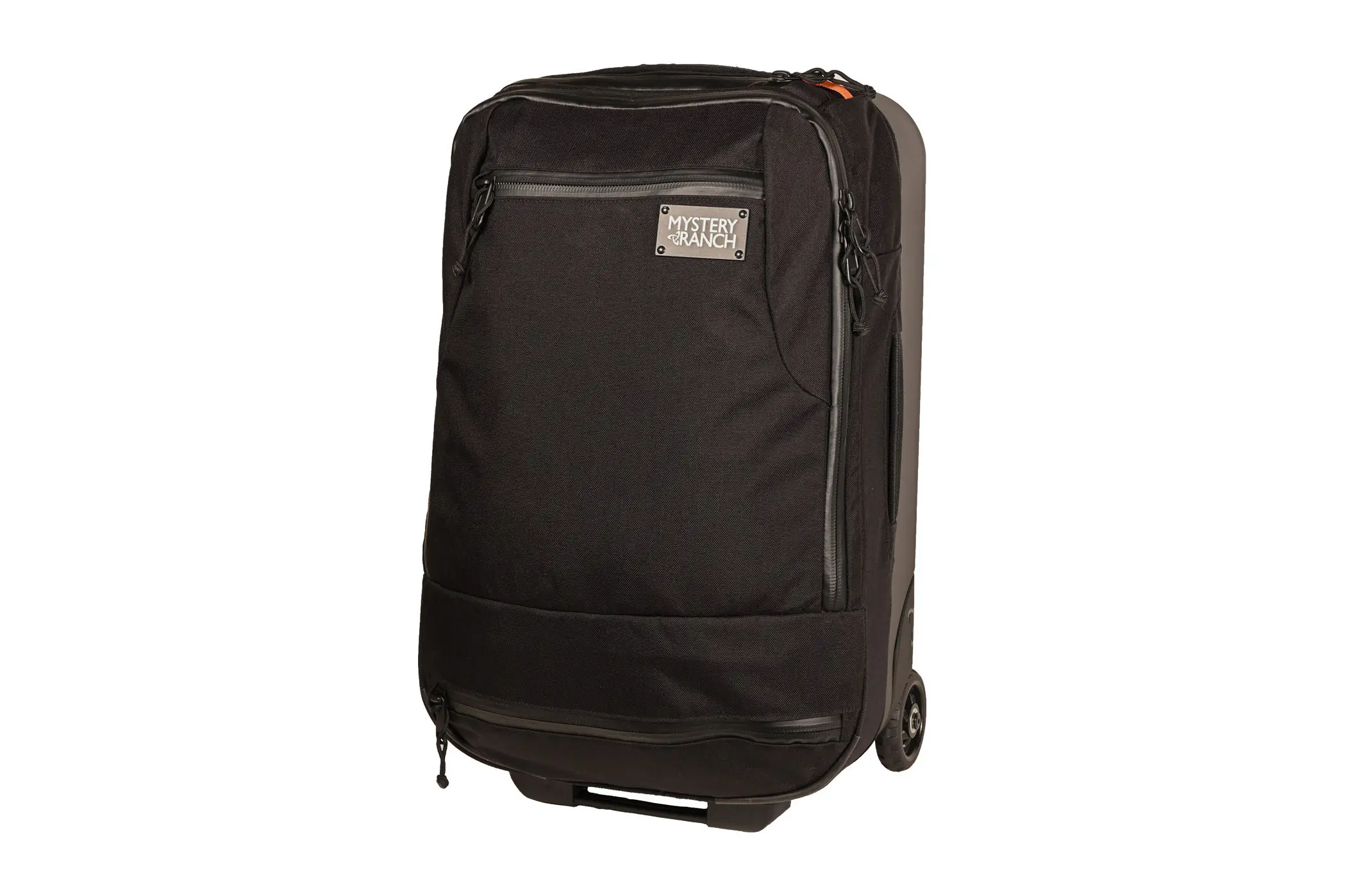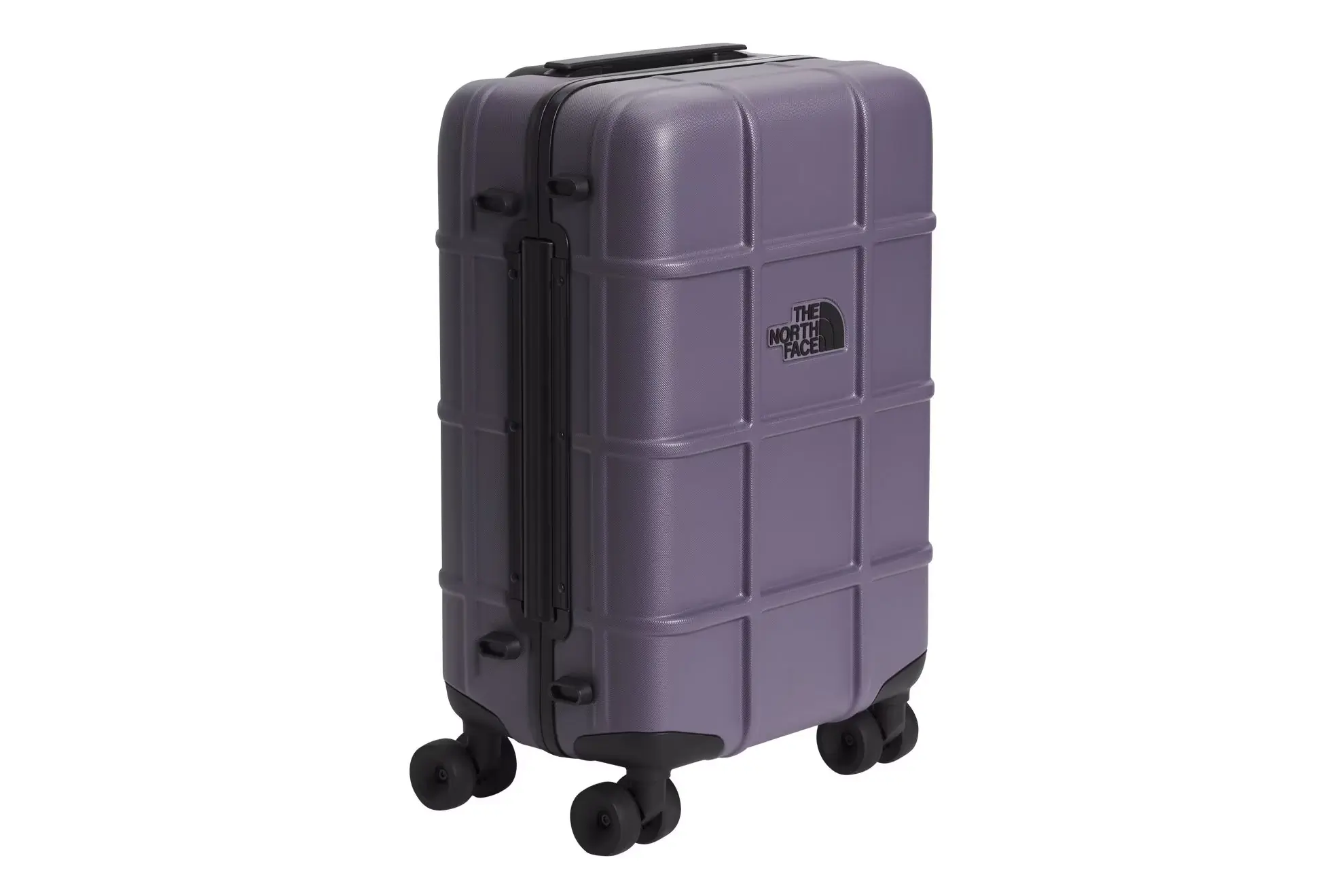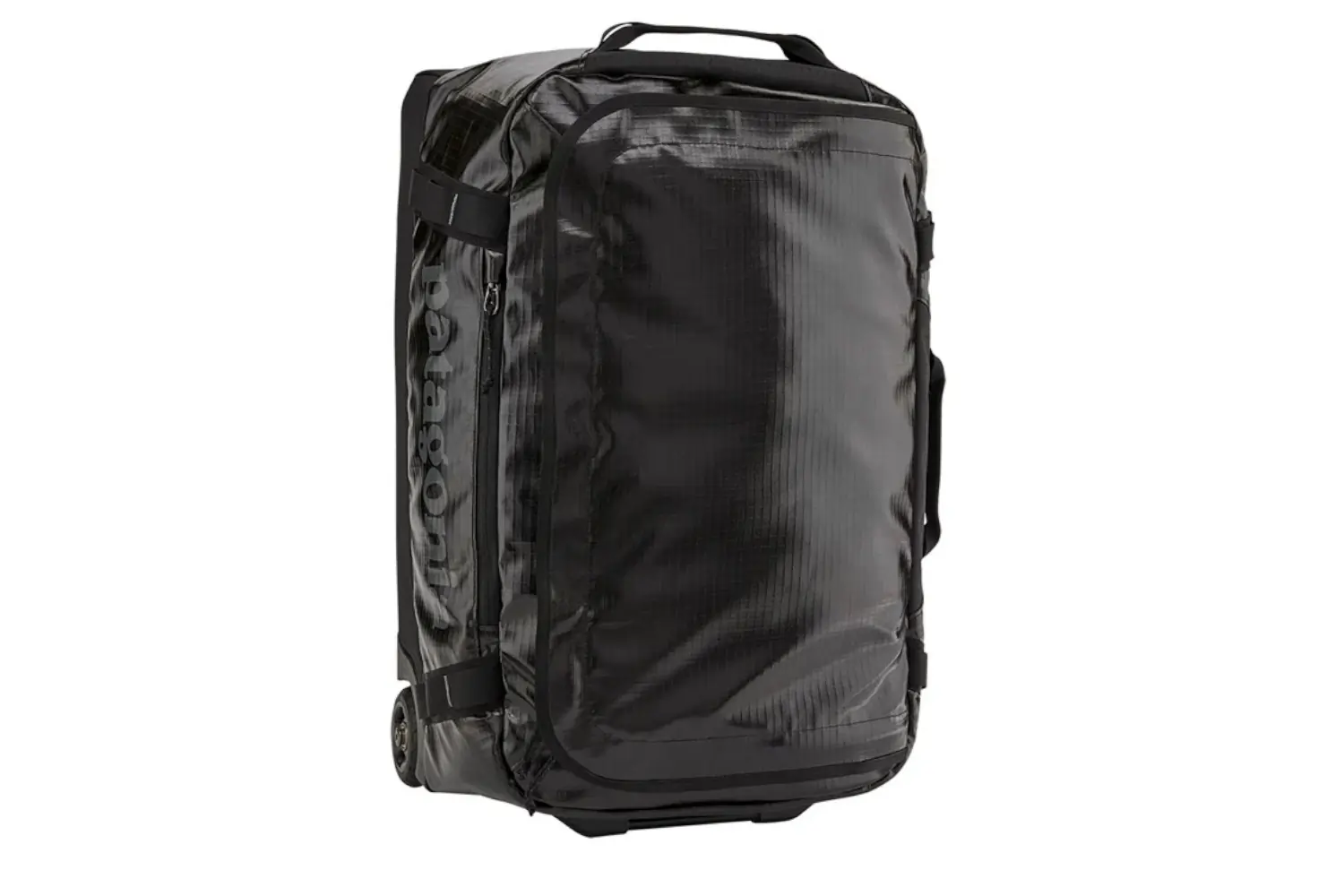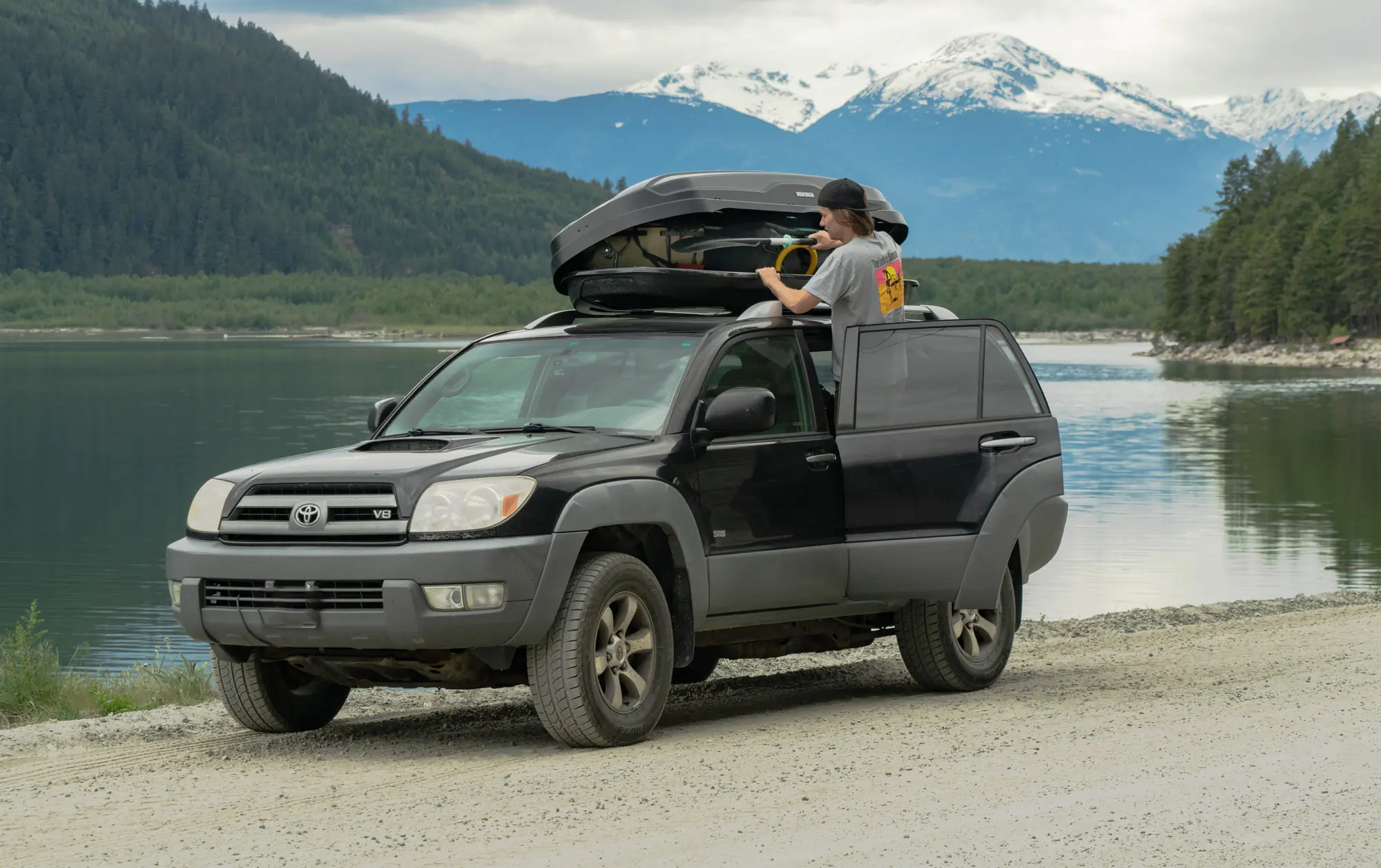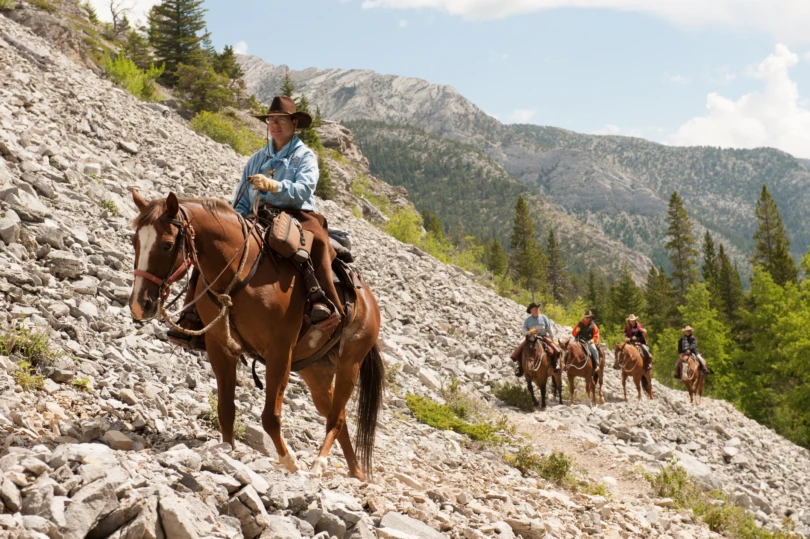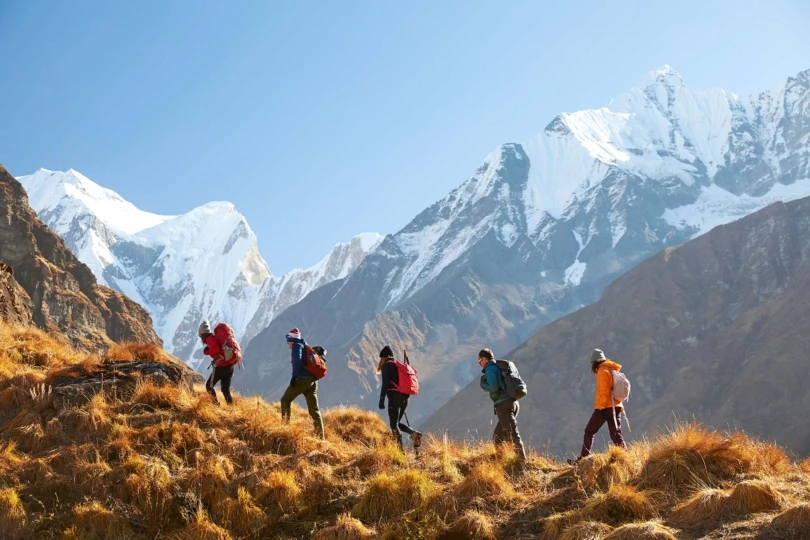Looking for the best new piece of carry-on luggage for your next trip? We all know there’s nothing worse than toting around a cumbersome piece of luggage, bulging at the seams with the amount of clothes you’ve tried to stuff into it for a weekend getaway. Making travel an easier affair starts with what you do before you get to the airport — namely, finding the right piece of luggage to suit your needs best and packing it appropriately.
Carry-on luggage comes in a variety of styles, from the hardshell classics to soft-sided duffel bags. Whether you value features like external pockets or 360-spinner wheels, internal compression, or TSA-approved locks, we’ve got you covered with our wide selection of the best carry-on luggage of 2025.
Our team has tested 20 different carry-ons over a year now to narrow in on the best of the best. We brought them all over the world on over 10 domestic and international flights, winnowing our selection to bring you the crème de la crème of these versatile pieces of luggage. We tested each carry-on with a mind for a number of different performance metrics, including build quality, packability, weight, and ease of transport.
Lead tester Miya Tsudome, along with supporting staff writers Steve Graepel and Chris Carter, are globetrotters at their core, and have legions of airfare miles under their belts. They know what makes a carry-on worth its mettle, and won’t waste time toting a piece of junk around the airport. Rest assured — every bag on this guide has been vetted by these stone-cold pros, and had to pass a series of taxing tests to earn their spot on this guide.
Read on to learn more, explore our carry-on buyer’s guide, and reference our handy comparison chart and price & value sections for all the info you need to snag the best carry-on for your next trip.
For our November 15, 2024, update, we added a price & value analysis to show what folks get with different price points.
The Best Carry-On Luggage of 2025
Topo Designs Global Travel Bag Roller
- Weight: 6 lbs., 9.6 oz.
- Dimensions: 13.5" x 21" x 9"
- Carry-On Linear Inches: 43.5"
- Materials: 1000D recycled nylon, 210D recycled nylon, 1680D recycled ballistic nylon & PC recycled plastic shell
- External Pockets: 3 zippered pockets
- Volume: 44 L
Pros
- Incredible organizational features
- Beefy YKK zippers that inspire confidence
- Loads of daisy chains and attachment points
- Detachable shoulder straps for extended carry over uneven surfaces
- Large, sturdy wheels can handle rough roads/sidewalks
Cons
- Shoulder straps aren't the most cozy
- The sheer amount of extra flaps and pockets inside takes up internal volume space
- All the pockets may not be attractive for minimalist travelers
Rockland Melbourne 20
- Weight: 7 lbs., 8 oz.
- Dimensions: 22” x 13.5” x 9”
- Carry-on linear inches: 44.5"
- Materials: Durable ABS material
- External pockets: N/A
- Volume: 43 L
Pros
- Affordable
- Comes in many different colors
- 360-degree spinner wheels and expansion zipper
Cons
- Durability is questionable
- Not many organizational features
TravelPro Platinum Elite 21
- Weight: 7 lbs., 12.8 oz.
- Dimensions: 23.5" x 14.5" x 9"
- Carry-On Linear Inches: 47"
- Materials: Ballistic nylon
- External Pockets: 4
- Volume: 46 L
Pros
- Large volume
- Useful accessory pockets
- Fantastic wheels and zippers
- Ergonomic handle is best in class
Cons
- Heavy
- On the expensive side
Away The Carry-On Suitcase
- Weight: 7 lbs., 8 oz.
- Dimensions: 21.7” x 14.4” x 9”
- Carry-On Linear Inches: 45.1"
- Materials: Polycarbonate shell exterior
- External Pockets: Zero
- Volume: 39.8 L
Pros
- Stylish and sleek
- Interior divider acts as a compression panel as well as provides an extra pocket
- TSA-approved lock on exterior
Cons
- Expensive for such a simple suitcase
- No expansion zipper
Osprey Transporter Wheeled Duffel 40
- Weight: 5 lbs., 15.8 oz.
- Dimensions: 23.6” x 14.1” x 11”
- Carry-On Linear Inches: 48.7"
- Materials: Bluesign-approved 900D recycled polyester, PFC-free DWR, TPU-coated
- External Pockets: 1 large pocket
- Volume: 40 L
Pros
- Made with burly, 900D recycled polyester
- DWR & TPU-coated to protect agains the elements
- Sturdy wheels
Cons
- May be overkill for the everyday traveler
- Expensive
- Lack of organizational pockets
SwissGear 6283 21” Expandable Carry On Spinner
- Weight: 8 lbs.
- Dimensions: 20” x 13.5” x 7.5”
- Carry-On Linear Inches: 41"
- Materials: Scuff-resistant Polyester fabric
- External Pockets: 2 panel pockets, one large and one small
- Volume: 28 L
Pros
- Many pockets and organizational features
- Affordable
- Expandable zipper
Cons
- On the heavy side
- Tie-down straps don’t offer too much compression
Eagle Creek Gear Warrior XE 2-Wheel Convertible
- Weight: 8 lbs.
- Dimensions: 21.7" x 14" x 10"
- Carry-On Linear Inches: 45.7"
- Materials: 100% recycled 600-denier polyester dobby
- External Pockets: 2
- Volume: 40 L
Pros
- Convertible to a backpack for rough terrain or quick carry
- Rugged wheels roll over all
- Expandable compression gills open up to add 2" of depth
- Wet/dry pocket
- Stash-away cargo net holds a helmet or bulky jacket
Cons
- Backpack straps aren't fully removable
- Side compression straps interfere with full zipper run
Gregory Quadro Pro Hardcase 22″
- Weight: 7 lbs. 10.4 oz.
- Dimensions: 22" x 14" x 9"
- Carry-On Linear Inches: 45"
- Materials: Polycarbonate shell with 40% post-consumer recycled 135D polyester lining
- External Pockets:
- Volume: 42 L
Pros
- Durable polycarbonate shell design
- Internal ActiveShield compartment wrangles dirty laundry and shoes, and is removable
- Burly YKK zippers
- Power bank pocket with external USB port routing
Cons
- Overfilling the bag will make the handle stick
- On the pricier side
- Weight: 7 lbs., 13.2 oz.
- Dimensions: 22” x 15” x 9.5”
- Carry-On Linear Inches: 46.5"
- Materials: N/A
- External Pockets:
- Volume: 50 L
Pros
- Comes in a selection of fun colors and patterns
- Expands up to 1.5” for more packing space
- Four 360-degree spinner wheels
Cons
- Simple design, no extra organizational pockets or features
- Small wheels
- Weight: 7 lbs., 8 oz.
- Dimensions: 22.5” x 15.5” x 9.5”
- Carry-On Linear Inches: 47.5"
- Materials: 100% polycarbonate shell
- External Pockets:
- Volume: 53 L
Pros
- Sleek and rugged design
- Anti-scratch twill texture
- 360-degree spinning wheels
Cons
- No extra organizational pockets
- Small wheels
- Weight: 7 lbs., 12.8 oz.
- Dimensions: 22" x 16" x 9"
- Carry-On Linear Inches: 47"
- Materials: Hardshell polycarbonate back and 700-denier side
- External Pockets: 2; one with two sleeves and an internal pocket
- Volume: 40 L
Pros
- Durable
- Sharp modern styling
- Robust wheels
- Repairable
- Functional external pockets and multiple large device sleeves
Cons
- Expensive
- Pocket configuration may turn off some buyers
- Heavy
- Waterproof zippers are harder to pull
- Weight: 6 lbs., 8 oz.
- Dimensions: 21.5" x 14" x 9"
- Carry-On Linear Inches: 44.5"
- Materials: 600-denier polyester with polycarbonate internal backing
- External pockets: 1
- Volume: 42 L
Pros
- Inexpensive
- Repairable
- Large volume bag
Cons
- Soft-sided configuration feels floppy
- Handle feels lesser quality
- Lesser quality than pricer carry-ons
- Weight: 7 lbs., 4.8 oz.
- Dimensions: 22.5” x 14” x 12”
- Carry-On Linear Inches: 48.5"
- Materials: Hardshell polycarbonate back and 1000-denier CORDURA fabric
- External Pockets: 3 — one zippered dirty laundry pouch, one zippered shoe pouch, and one small exterior pocket for small items
- Volume: 40 L
Pros
- Large, spacious bag
- Ample pockets for maximum organization
- Made with burly materials
Cons
- Pricey
- Hard to access everything inside when bag and all accessory pouches are full
- May not fit in overhead compartments of small, regional planes
- Weight: 9 lbs., 12 oz.
- Dimensions: 22.5" x 14.2" x 9.5"
- Carry-On Linear Inches: 46.2"
- Materials: Polycarbonate shell exterior
- External Pockets:
- Volume: 24 L
Pros
- Waterproof
- 4-wheel design is easy to roll
- No zippers to bust means locking security
Cons
- Small (24 L)
- Equally sized bins limit packing
- Heavy (almost 10 lbs.)
- Weight: 7 lbs.
- Dimensions: 21.6" x 14" x 9.5"
- Carry-on linear inches: 45.1"
- Materials: 100% recycled polyester ripstop with TPU-film laminate
- External pockets: 1 small zippered pocket
- Volume: 40 L
Pros
- Beefy seams and zippers
- Sleek, stylish look
- Weather- and tear-resistant TPU laminate coating
- Sturdy wheelset delivers a smooth ride
Cons
- Only one external pocket
- Jealous friends
Carry-On Luggage Comparison Chart
| Carry-On | Price | Weight | Dimensions | External Pockets | Volume |
|---|---|---|---|---|---|
| Topo Designs Global Travel Bag Roller | $299 | 6 lbs., 9.6 oz. | 13.5″ x 21″ x 9″ | 3 | 44 L |
| Rockland Melbourne 20 | $120 | 7 lbs., 8 oz. | 22″ x 13.5″ x 9″ | None | 43 L |
| TravelPro Platinum Elite 21 | $370 | 7 lbs., 12.8 oz. | 23.5″ x 14.5″ x 9″ | 4 | 46 L |
| Away The Carry-On | $275 | 7 lbs., 8 oz. | 21.7″ x 14.4″ x 9″ | None | 39.8 L |
| Osprey Transporter Wheeled Duffel 40 | $300 | 5 lbs., 15.8 oz. | 23.6″ x 14.1″ x 11.” | 1 | 40 L |
| SwissGear 6283 21” Expandable Carry On Spinner | $120 | 8 lbs. | 20″ x 13.5″ x 7.5″ | 2 | 28 L |
| Eagle Creek Gear Warrior XE 2-Wheel Convertible | $429 | 8 lbs. | 21.7″ x 14″ x 10″ | 2 | 40 L |
| Gregory Quadro Pro Hardcase 22″ | $250 | 7 lbs. 10.4 oz. | 22″ x 14: x 9″ | None | 42 L |
| American Tourister Moonlight 21” Spinner | $130 | 7 lbs., 13.2 oz. | 22″ x 15″ x 9.5″ | None | 50 L |
| Samsonite Centric Carry-On Spinner | $200 | 7 lbs., 8 oz. | 22.5″ x 15.5″ x 9.5″ | None | 53 L |
| YETI Crossroads 22 Carry On | $350 | 7 lbs., 12.8 oz. | 22″ x 16″ x 9″ | 2 | 40 L |
| Dakine 42L Carry on Roller | $185 | 6 lbs., 8 oz. | 21.5″ x 14″ x 9″ | 1 | 42 L |
| Mystery Ranch Mission 40L Wheelie | $349 | 7 lbs., 4.8 oz. | 22.5″ x 14″ x 12″ | 3 | 40 L |
| The North Face All Weather 4-Wheeler 22” | $350 | 9 lbs., 12 oz. | 22.5″ x 14.2″ x 9.5″ | None | 24 L |
| Patagonia Black Hole Wheeled Duffel 40L | $359 | 7 lbs. | 21.6″ x 14″ x 9.5″ | 1 | 40 L |

How We Tested Carry-On Luggage
Our Expert Testers
Our GearJunkie testers are avid travelers, with a combined experience of hundreds of flights taken, domestic and international, many trains traveled, and numerous countries visited. From the city streets of Paris, to the remote mountains of the Himalayas, our testers have covered a lot of ground in their lifetimes and know what can make or break a good piece of luggage.
From flying frequently around the country for work to spending loads of time lugging baggage around Europe, as well as stuffing suitcases full of climbing gear for far-off adventures, our lead tester Miya Tsudome has had over 2 decades of hands-on experience with carry-on luggage.
Our Testing Process
Our GearJunkie testers are avid travelers, with a combined experience of hundreds of flights taken, domestic and international, many trains traveled, and numerous countries visited. From the city streets of Paris, to the remote mountains of the Himalayas, our testers have covered a lot of ground in their lifetimes and know what can make or break a good piece of luggage.
From flying frequently around the country for work to spending loads of time lugging baggage around Europe, as well as stuffing suitcases full of climbing gear for far-off adventures, our lead tester Miya Tsudome has had over 2 decades of hands-on experience with carry-on luggage.
Miya collaborated with two other of our staff writers, Steve Graepel and Chris Carter, for this guide. They tested 17 different carry-ons over a period of 4 months — during which the three writers racked up some significant domestic and international air travel. They tested each carry-on with an eye for a handful of specific features, including packability, durability, and ease of use while battling around busy airports.
Finally, this is an organic guide, and we add the newest carry-ons and revisit our old favorites each season. We work hard to stay on top of the newest and best carry-ons on the market to bring you the most relevant suggestions possible.
Buyer’s Guide: How to Choose the Best Carry-On Luggage
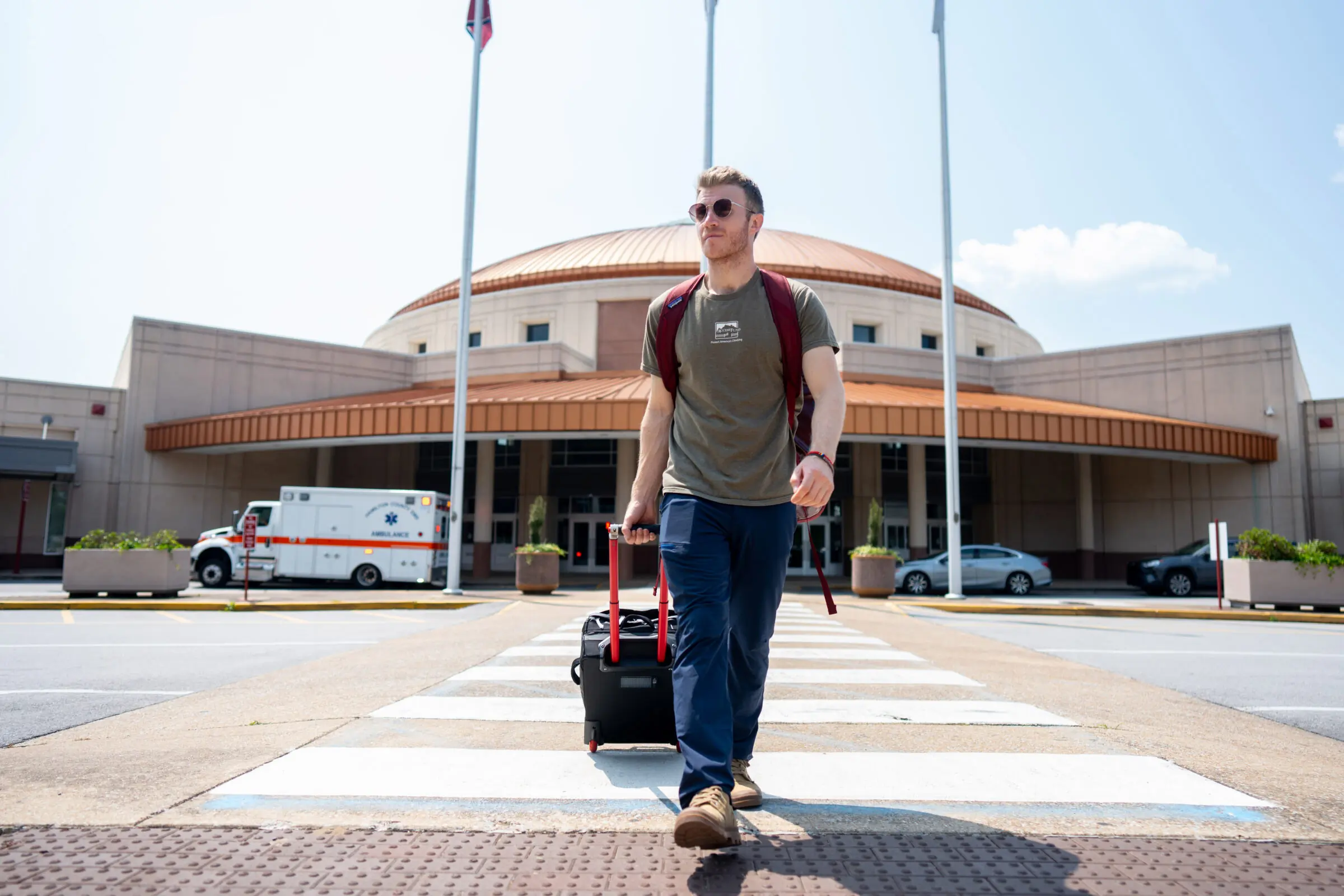



Though no one bag “has it all,” there are many high-quality bags to choose from, and some that may fit your needs better than others. It’s worth considering the types of trips you make. Do you typically go on business trips or far-off adventures? Are you looking for something sleek and stylish or rugged and durable?
It’s also worth considering how often you travel and for how long — and what bag might make the most sense for your needs and budget. Read our comprehensive buyer’s guide below to gain some insight that might help you decide.
This article focuses solely on carry-ons. To add even more diversity to your travel loadout, be sure to check out our buyer’s guides on duffel bags, and travel backpacks.
Size
Size is extremely important when considering purchasing a carry-on suitcase. It isn’t wise to assume that all suitcases labeled as “carry-ons” by their brand will automatically comply with all airline size restrictions. Although the standard is 22 x 14 x 9 inches, some airlines will be more strict, especially if you are flying on small regional planes or on airlines in different countries.
If you are spending a good amount of money on a new suitcase, and are worried about being able to easily fly with it, it would be best to err on the smaller side when considering your new purchase. This is also important to note for expandable suitcases, which when they are compact may qualify as a carry-on, but when stuffed full and expanded might exceed the limit.
In our review, the Rockland Melbourne 20, Dakine 42L, and SwissGear 6283 are the only suitcases strictly under the size threshold. However, it is worth noting that many airlines aren’t super discerning about an extra inch or two in any direction.
Types of Carry-Ons
Carry-on luggage comes in all shapes and sizes, but can typically be categorized as being hard-shell or soft-sided. The type you choose will be determined by whether you prefer the protection of a hard shell or the versatility of a soft-sided case, as well as being a personal style choice.
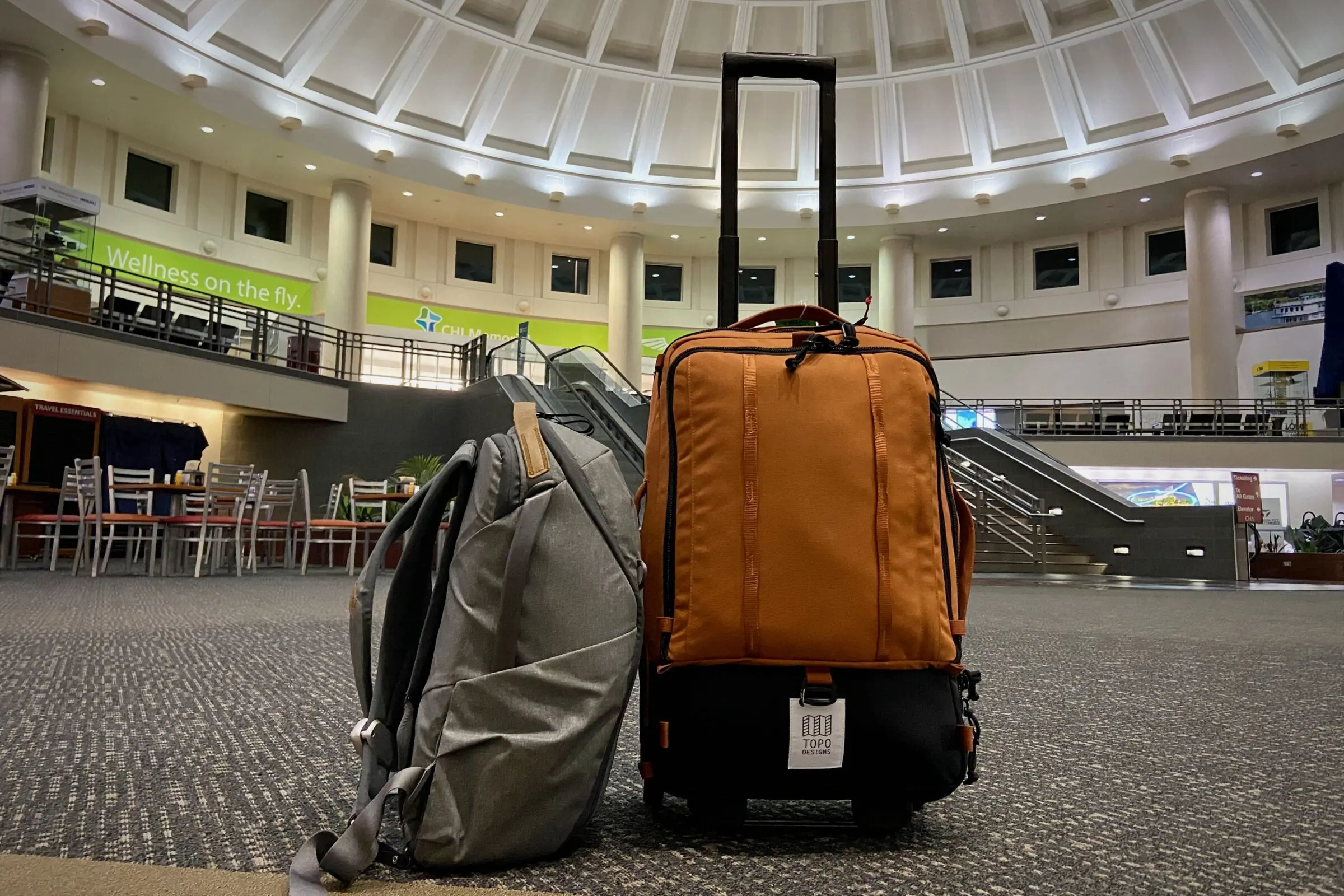



Hard-Sided Carry-Ons
Hard-sided luggage is usually what comes to mind when one pictures a suitcase — ubiquitous, sleek, rolling clamshells that slide easily into overhead compartments. These shells are usually made of polycarbonate materials, and can sometimes be textured to be more resistant to scratches and dings but will inevitably reveal scuffs more than their soft-sided counterparts.
Being hard-sided allows for more protection of their interior components, and is ideal if you are traveling with fragile items. But a lack of exterior pockets is typically a big trade-off when choosing a hard shell model, as well as the fact that their clamshell opening doesn’t allow for quick access to the interior — you typically will have to unzip the whole bag to go in and search for an item. The Samsonite Centric and Away’s The Carry-On both have a textured exterior that is supposed to protect against scuffs and scratches.
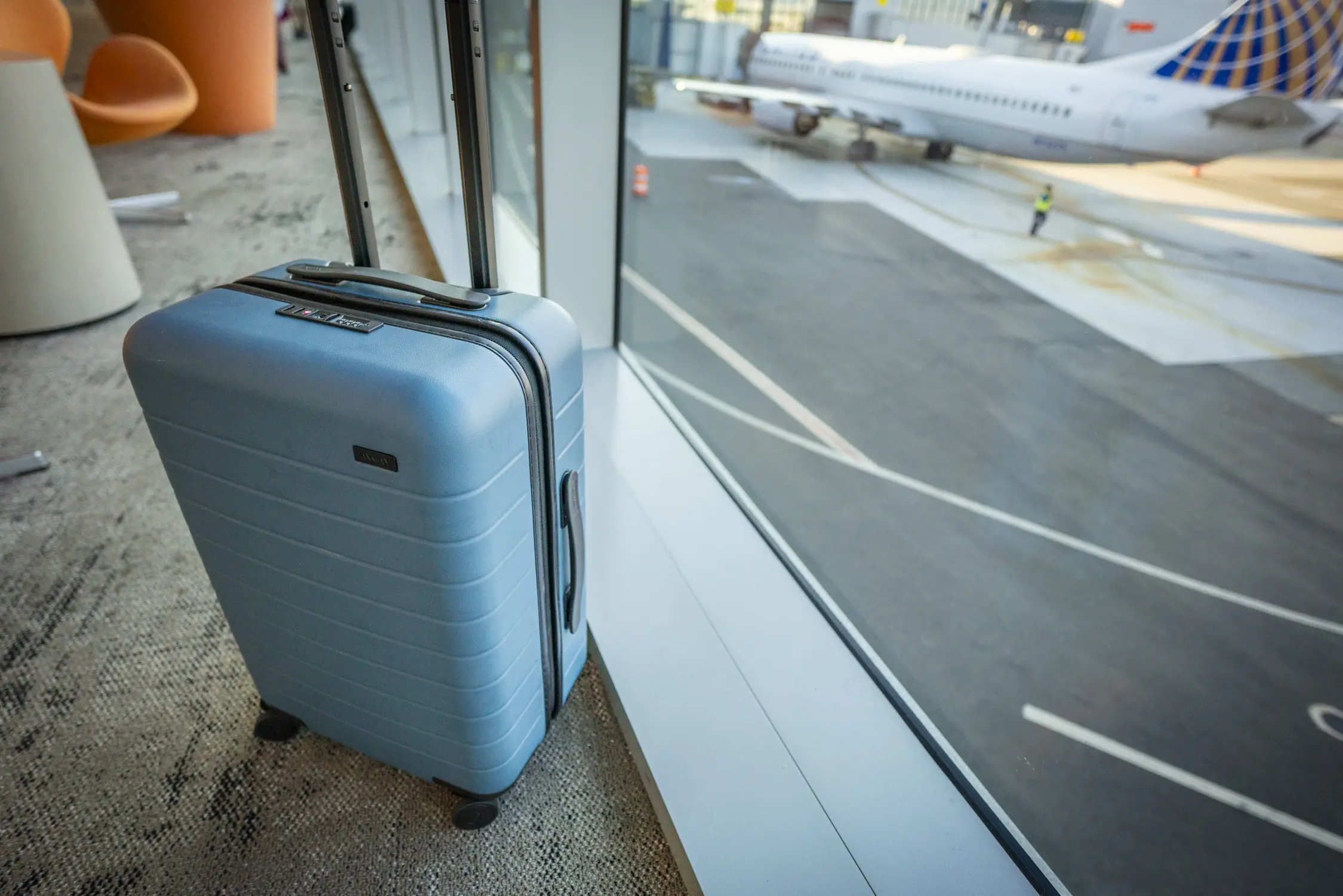



Soft-Sided Carry-Ons
Soft-sided carry-ons have several distinct advantages. One is that they are typically more lightweight, which can make a difference when packing a bag full for a week of travel, and then having to pick it up and put it into an overhead compartment. Wear and tear over time will be less obvious on their fabric exteriors versus visible scuffs on a hard shell, and because most soft shells have a U-shaped zippered opening instead of a clamshell, there is less stress on the zipper over time.
Soft-sided luggage also makes the most of their exteriors with ample pockets. While hard-sided luggage tends to look sleeker and can be easier to slide into an overhead compartment, soft-sided carry-on luggage can provide more bang for your buck with its extra pockets and ability to expand.
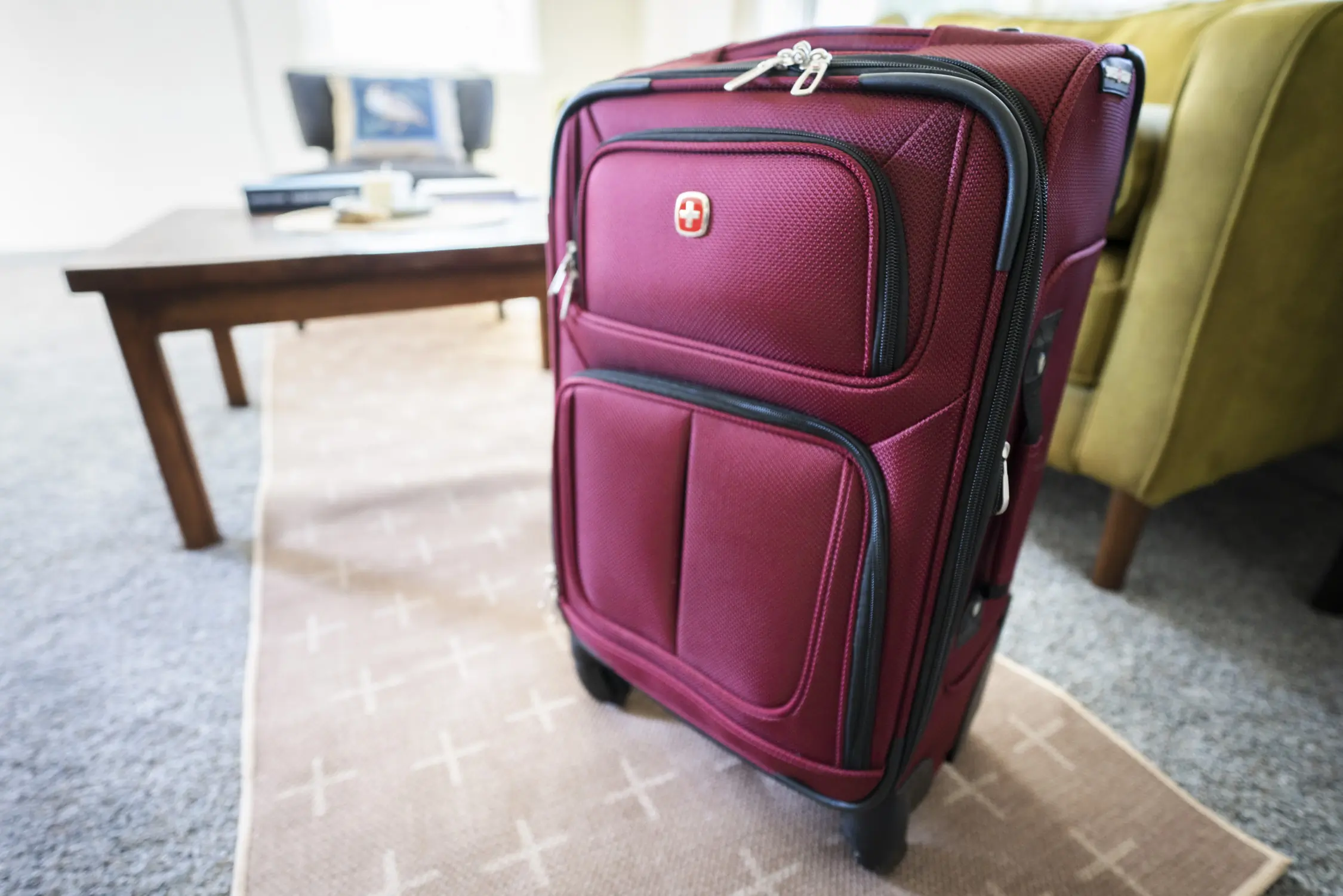



Packability
Clamshell
The suitcases we tested mainly feature two different designs that influenced their packability. All of the hardshell suitcases feature a clamshell construction — a zipper opens all the way around to reveal two separate compartments on either side. This is beneficial for organization, as you can separate your clothing from your other items. Some brands, like Away’s The Carry-On, also have custom packing cubes to make organization even more satisfying.
Our testers found that the clamshell design helps to keep us more organized and less likely to just stuff a bunch of clothes into a duffel bag because closing them up easily is dependent on how well you packed your items. However, a big drawback to this style is when you’d like to grab something out of the suitcase in transit, you have to open it all the way and splay out both sides to find what you’re looking for.
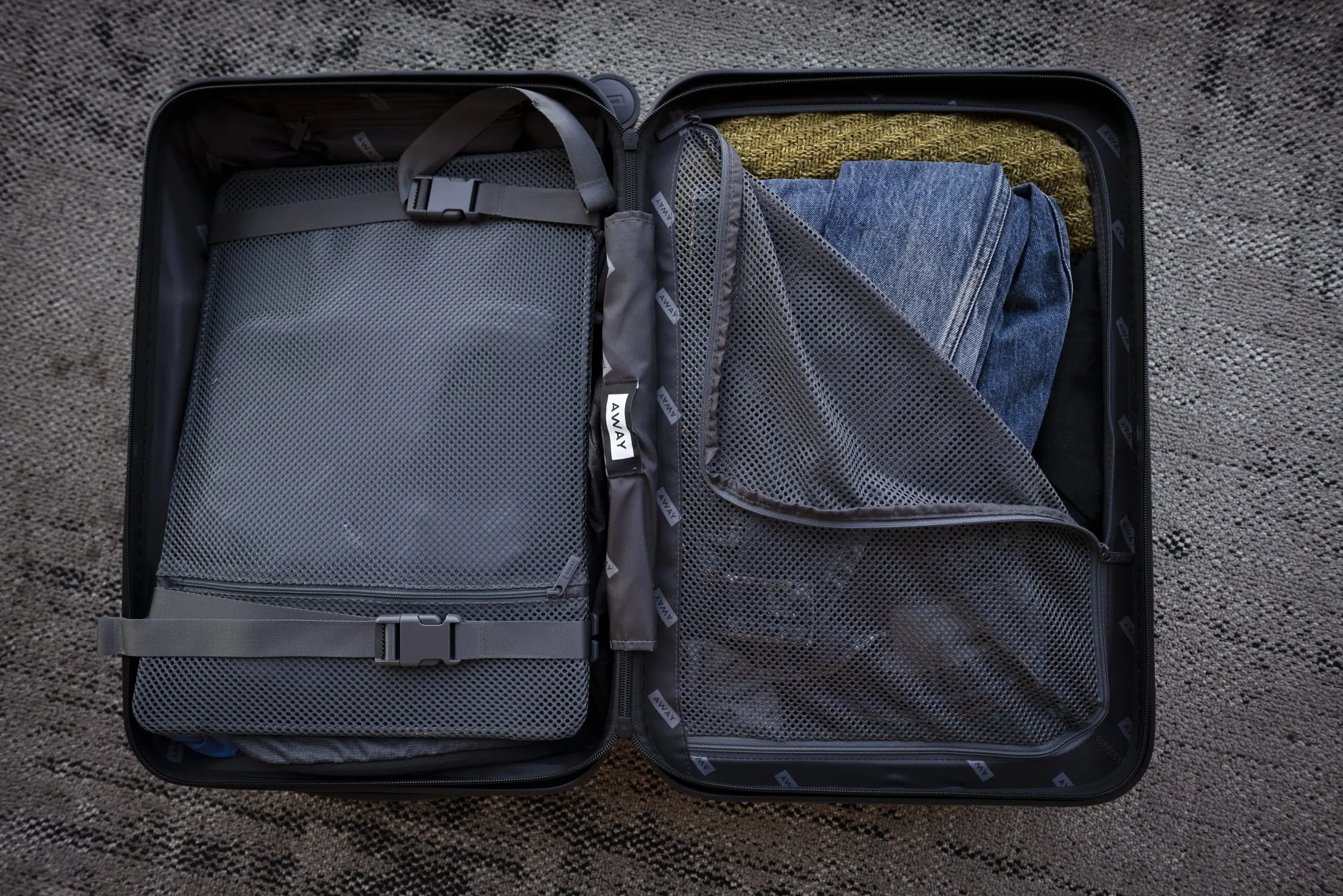



U-Shaped Zipper
A U-shaped zipper opening to one main compartment is the other common suitcase design you’ll find from many brands, as found on the Osprey Transporter, Patagonia Black Hole, Mystery Ranch Mission, and in some ways increases a bag’s packability. Being able to quickly pack and unpack a suitcase without having to separate any components is a big plus for ease of use.
U-shaped zipper openings are typically found on soft-sided suitcases, and can allow a bag to be stuffed to the brim and still be able to zip close with a little bit of extra legwork.
These suitcases tend to be deep and can accommodate layers of clothing, especially when put into packing cubes or rolled up tightly to maximize space. Occasionally, bags like this will have some organizational components such as side pockets and compression straps, but staying organized will be more of a challenge when all of your items share one main compartment.
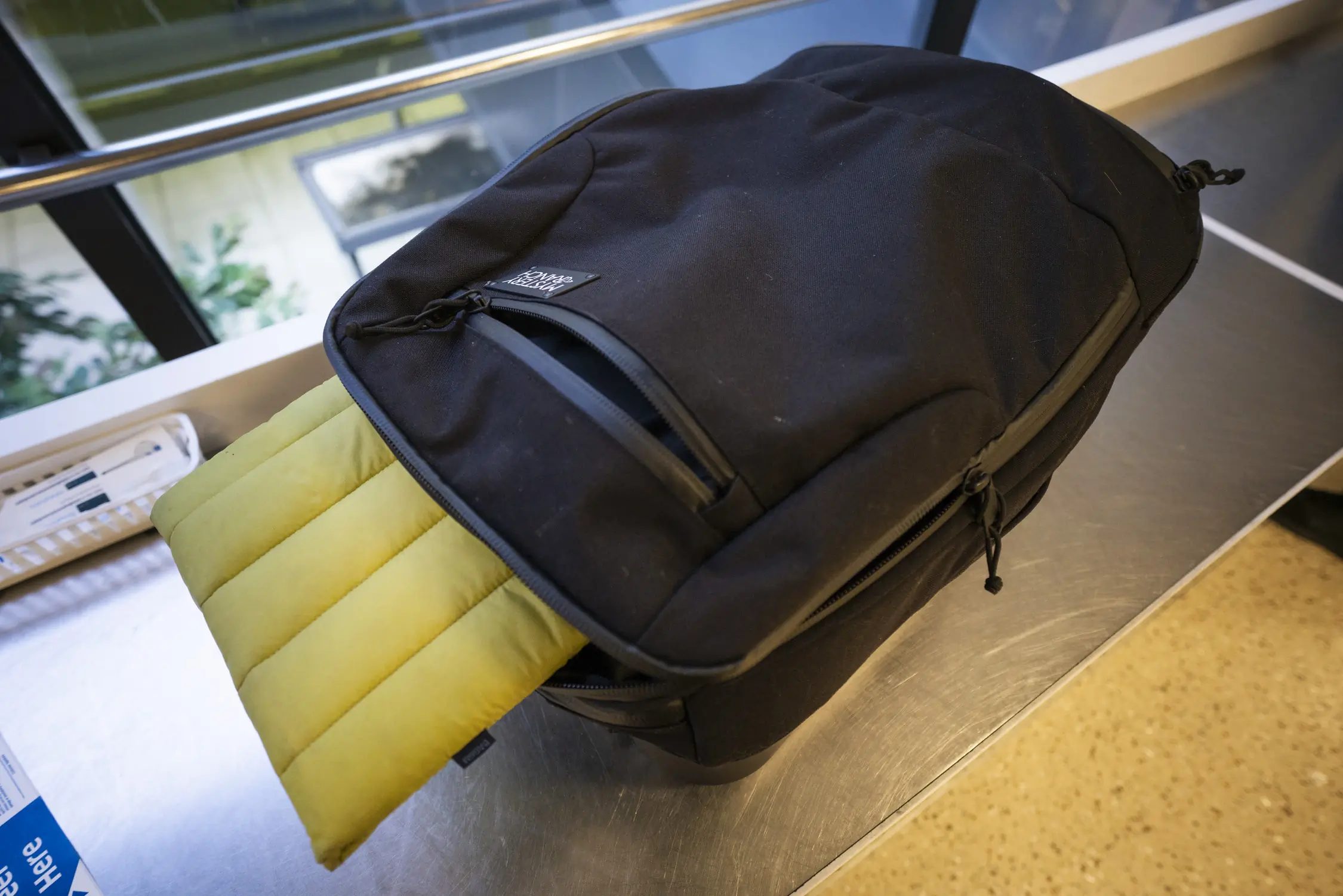



Extra Features
Compression Straps
Having the ability to compress bulky items to make more room in your carry-on luggage is a very desirable feature, but these straps are not all created equal. Many suitcases will have some sort of strap system, but often won’t do much to compress at all and will merely serve to hold your items in place.
If you are planning to pack as much as you can and love what some good compression straps can provide, it pays to be discerning about the bag that you buy. The best compression straps in our lineup can be found in Away’s the Carry-On, and the Osprey Transporter.
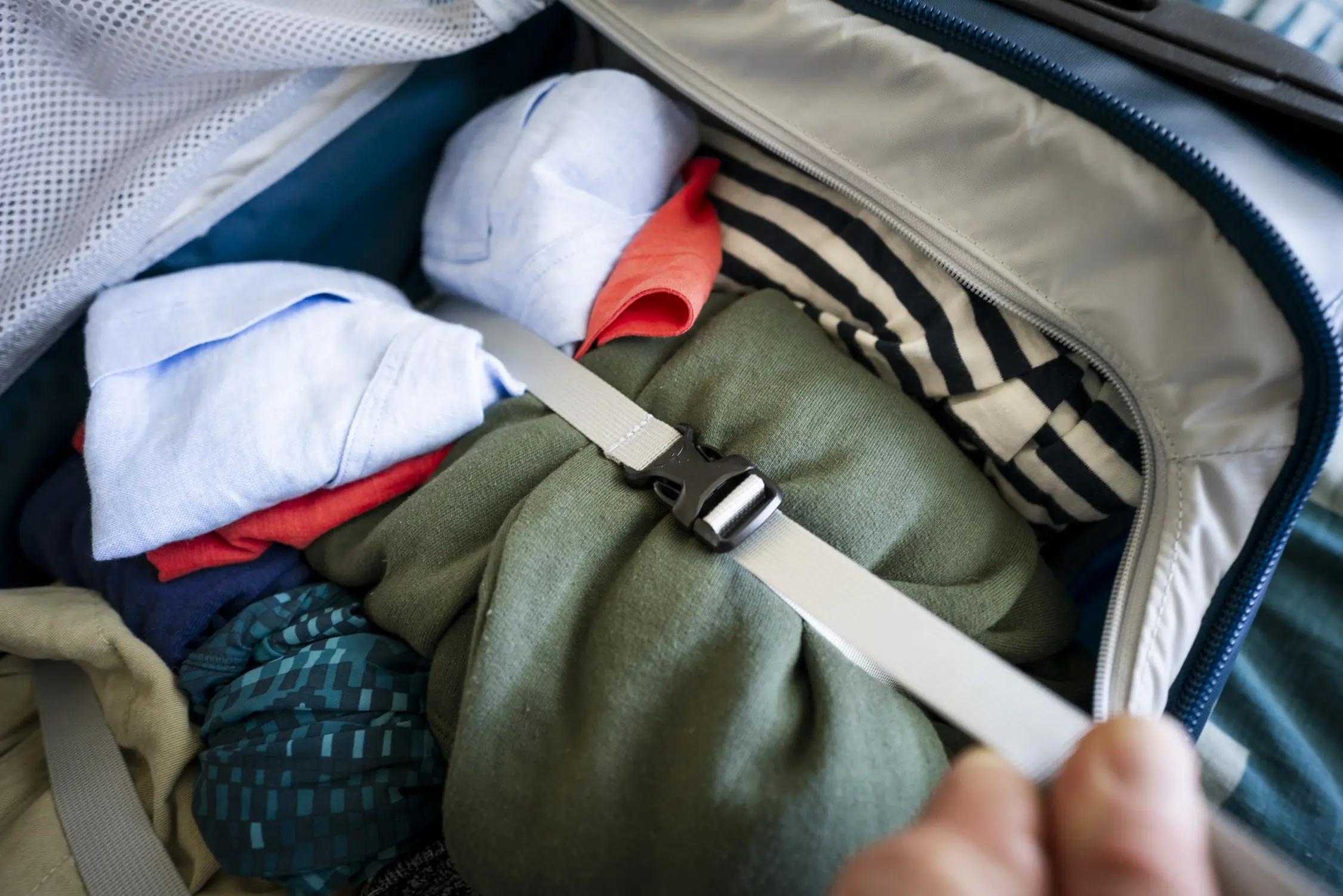



Internal Zippered Storage
Arguably one of the most important things to keep the inevitable stress levels lower when it comes to travel is good organization. No matter how hard you try to stay organized, things can unravel quickly when you open up your bag, pull out a toiletries kit, and your whole system of neatly folded clothes comes apart with it.
That’s why it can be nice to find a bag with good internal zippered storage, so you can keep items separate and accessible without disturbing the whole order of your packing.
The Mystery Ranch Mission has an impressive amount of internal zippered storage, which helps keep organization an easier affair. In our hard-sided suitcase selection, we liked that Away’s The Carry-On made extra use of their compression divider adding a large, zippered mesh pocket suitable for slim items. The ActiveShield compartment on the Gregory Quadro Pro Hardcase 22″ was also a novel way to cordon off dirty laundry, and has Polygiene antimicrobial technology to keep smells contained.
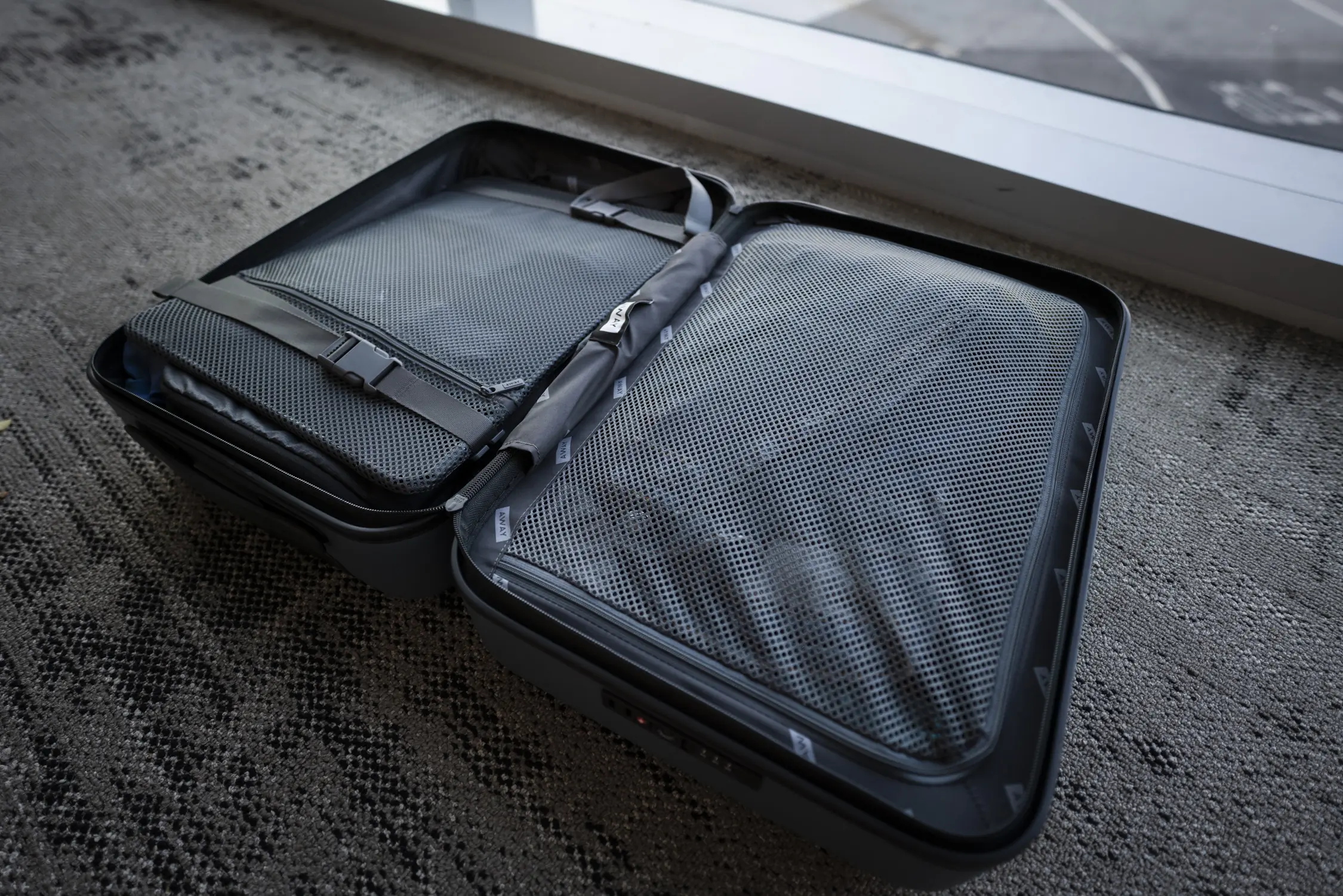



Spinner Wheels vs. Non-Spinner Wheels
360-degree spinner wheels have been a boon to the evolution of the carry-on suitcase. Four wheels that spin independently in every direction make maneuvering a bag through crowded train stations and in the narrow aisles of planes easier than ever before. And it is hard to deny that the feeling of “gliding” your suitcase along instead of dragging it behind you makes transit more appealing.
There are some advantages of two-wheeled suitcases, however, that are worth mentioning. There are usually four spinner wheels on a suitcase which means more parts that can break. The wheels are also much smaller than on two-wheeled suitcases, and worse for maneuvering over cobblestone streets, grass, or other uneven terrain.
The wheels on non-spinner suitcases are typically much larger, sometimes even with lugs for better traction, and are a better choice if you know you’ll be going over varying terrain. They are also usually easily replaceable and longer-lasting than their spinner counterparts.
External Pockets
External pockets are another category that can be aligned with the hard-sided versus soft-sided debate. They are typically a feature of soft-sided suitcases, such as the Mystery Ranch Mission or the SwissGear 6283, though there are rare brands that have figured out ways to incorporate pockets or panels into the front of their bags.
External pockets can be desirable for a number of reasons, namely for storing smaller items that you might want to access in transit such as a passport, e-book, iPad, headphones, sleep mask, etc. Especially when putting a suitcase in an overhead compartment, knowing that those items can be easily accessible if needed will be a relief to you and the passengers surrounding you.
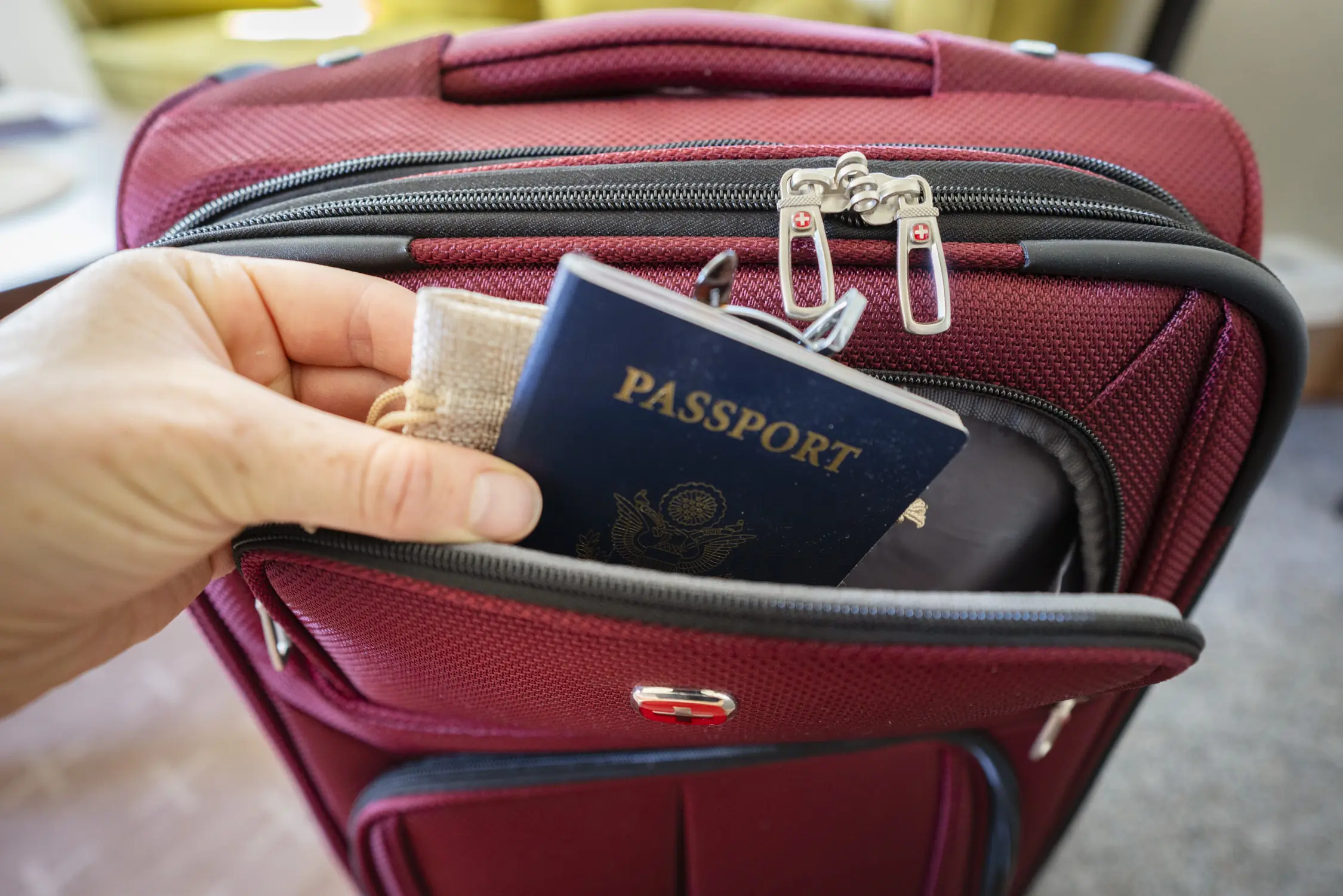



Some may choose not to want external pockets, however, for security reasons among others. Having all of your items safely locked inside a hard-shell suitcase may be desirable for some. Especially when on a train where the luggage storage area can be far away from your seat.
TSA-Approved Locks
When looking for a suitcase that features a lock for extra security, it would be wise to make sure the lock is “TSA-approved.” These are usually combination locks that can be opened with a master key by security personnel so that your luggage isn’t subject to damage during a routine inspection.
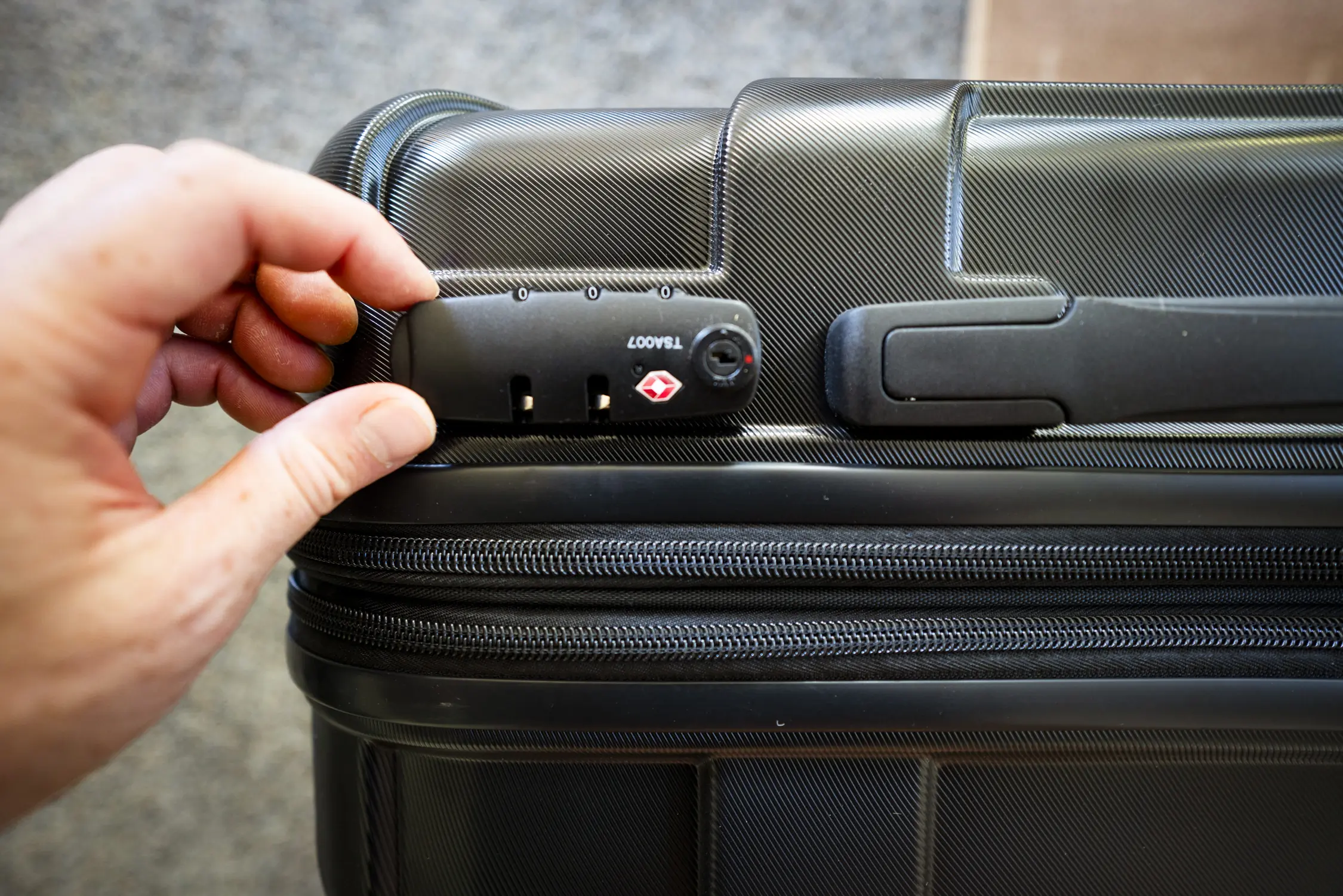



Materials and Design
It is typical for hard-sided suitcases to be made of polycarbonate shells, while soft-sided suitcases are made with varying types of nylon. As mentioned before, hard-sided suitcases will be more prone to scratches and scuffs as they are tossed around in transit, and if this degradation in aesthetics is something that will bother you, a soft-sided suitcase may be the better option. Of course, though nylon won’t reveal scratches as readily, it is still a fabric that can be prone to tearing.
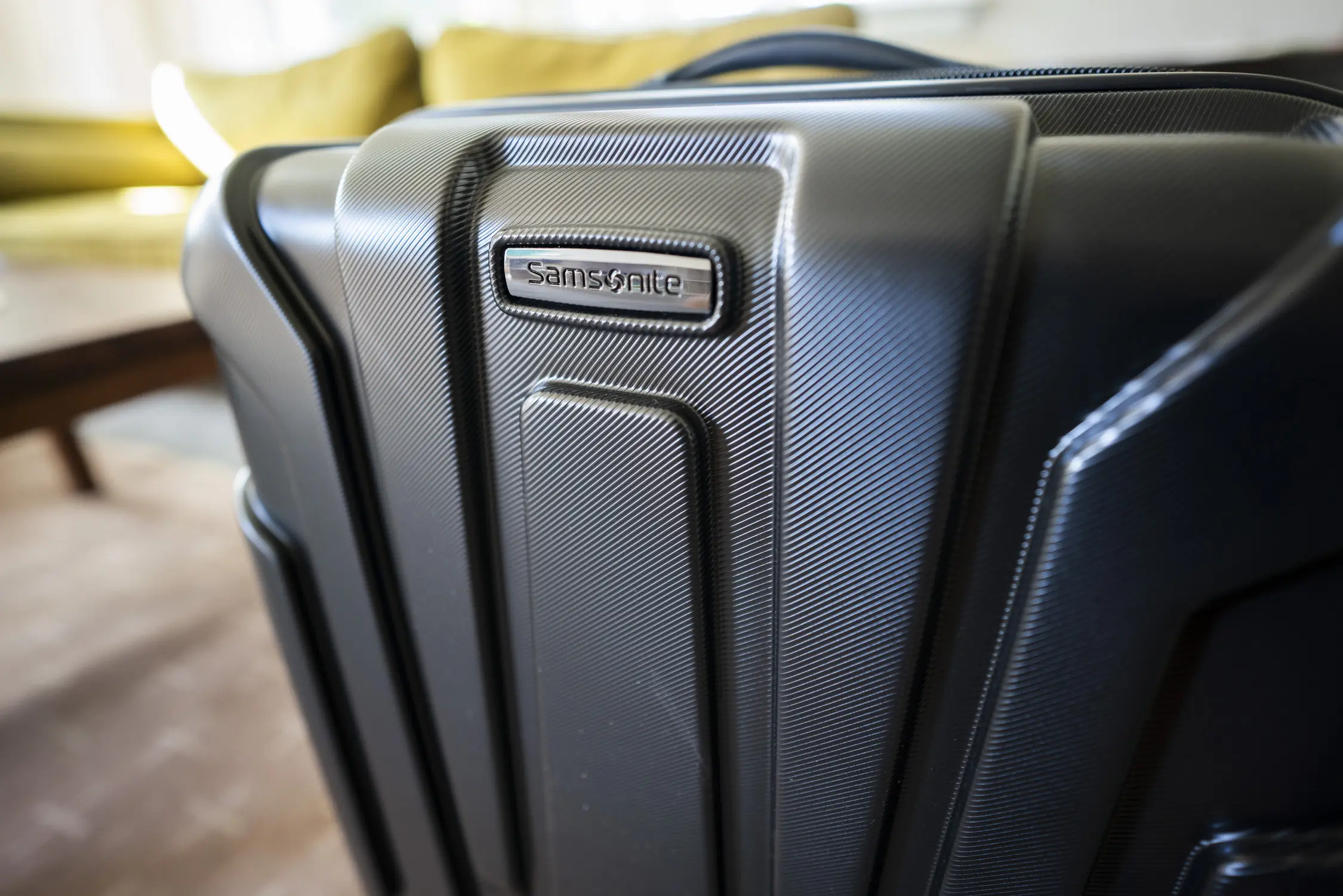



It is a good idea to check the denier of the fabric for soft-sided suitcases, with a higher denier meaning the more resistant the nylon will be to snags or tears. Some suitcases, like the Osprey or Patagonia Black Hole, will even have a DWR coating in addition to high-denier fabric that makes their bags even more durable as well as weather-resistant.
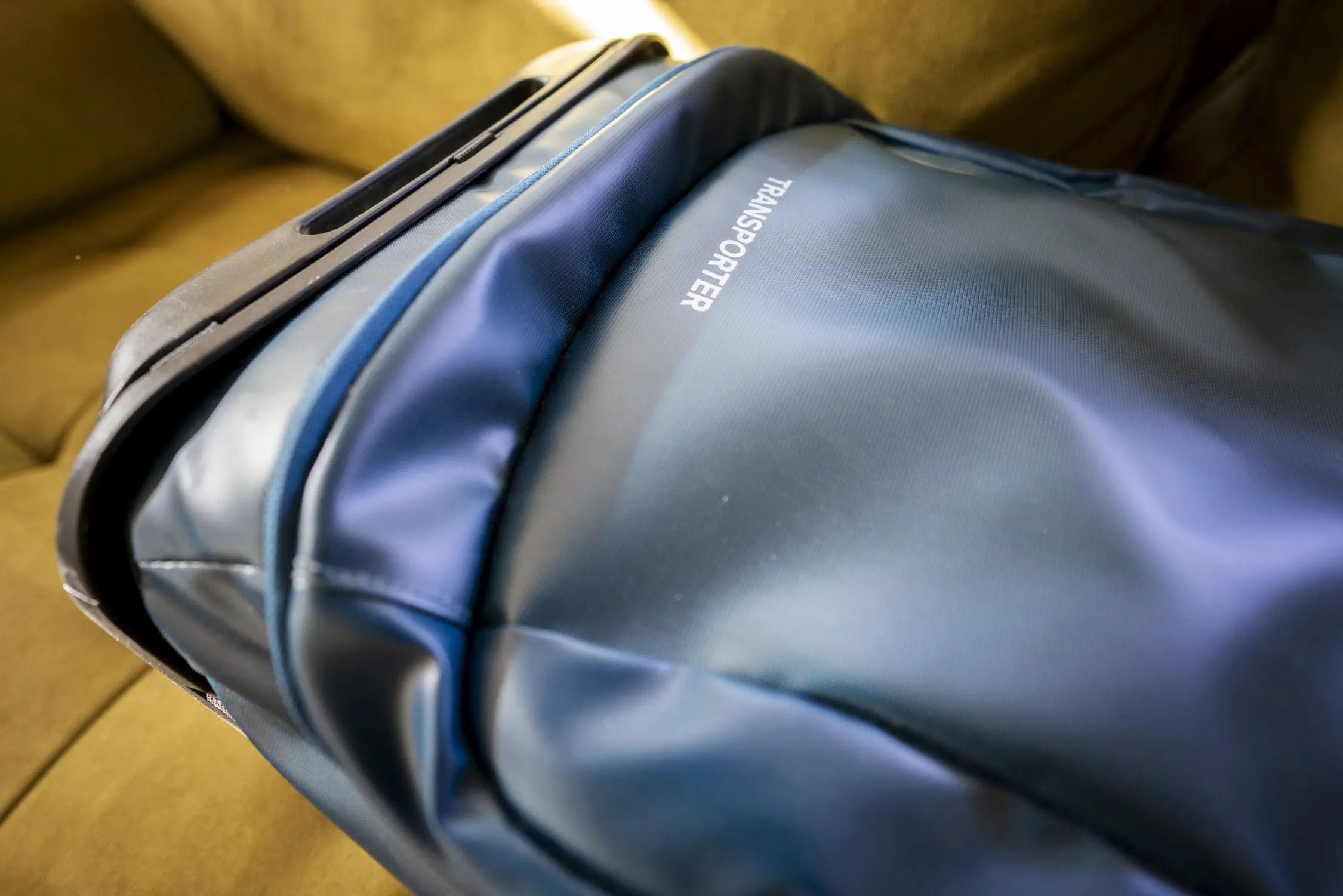



Another consideration is that the polycarbonate shells of hard-sided suitcases typically have the option of coming in bright colors or patterns, which can make recognizing your suitcase at baggage claim or in the stuffed luggage compartment of a train a breeze. Some might also like the expression of style these bags allow for.
Price & Value
Budget
Any kind of luggage can get pricey, but there are still some great bags to be found for $150 or less. You may be sacrificing some features like durability, expansion options, and backpack straps, but bags like our budget pick, the Rockland Melbourne 20 ($120), have 360-degree spinner wheels, an expansion zipper, and an internal zipper pocket. It’s not the most durable option and there’s no internal organization, but the casual traveler could do a lot worse for the money.
Mid-Tier
In the $200-300 range, you’ll start to find more durable builds and materials, additional organization, and other fun features you won’t see in budget bags. For instance, the Osprey Transporter Wheeled Duffel 40 ($300) is made with DWR-coated 900D recycled polyester with weather-resistant zippers and overlapping rain flaps, making it not only extremely durable but also weather-resistant.
Plus, it’s got burly oversized wheels that easily roll over dirt and grass. Plus, handles on the sides make it easy to use as a duffel or huck into the back of a pickup truck.
Premium
For bags that can go beyond where the sidewalk ends, you may have to shell out up to $400 or more. The Eagle Creek Gear Warrior XE 2-Wheel Convertible ($429) is pricey, but it’s up to the task, thanks in part to its backpack straps and hip belt, which allow you to carry it when the terrain is too rough for rolling. Additional adventure-ready features include rugged wheels, a wet/dry pocket, and a stow-away cargo net for holding a helmet or bulky jacket.
Frequently Asked Questions
Frustratingly, there is no universal airline standard for maximum carry-on luggage size. The general guideline followed by many airlines is 22 x 14 x 9 inches, but small regional flights or foreign airlines may have different restrictions. Because of this, we absolutely recommend looking up the restrictions of your preferred airline, to get a sense for what size suitcase might work best for your needs.
Choosing between a hard-sided and soft-sided carry-on is a matter of personal choice and desired features. Hard-sided luggage of the right dimensions can help ensure that you don’t accidentally exceed airline restrictions of carry-on sizes. In the same vein, they are also more difficult to overpack.
But they will lack many of the features that soft-sided bags allow for, such as external pockets, u-shaped openings for easier access to the main compartment, as well as features such as pouches for shoes or dirty laundry and more room for internal pockets. Hard-sided luggage also tends to show wear and tear more easily than soft-sided luggage.
The answer to this question varies greatly depending on the season you are traveling in, and what kind of trip you are planning to go on. Are you going on an adventure vacation where you’ll pack extra accessories like hiking boots, rain jackets, or special gear?
Are you traveling in the winter where bulky layers may take up a lot of space? Or are you going on a beach vacation where all the clothing is light and easy to pack? There are a lot of factors that go into how much you can realistically bring on each trip.
Typically, you will probably be able to fit 5 to 7 days’ worth of clothing in your carry-on suitcase. If you pack smart, you can maximize the space. Some tips include rolling your clothes into tight cylinders instead of folding them. This will help reduce wrinkles and allows you to squeeze thinner items between the spaces of bulkier ones.
Also, wearing as much of your bulky clothing while you’re actually traveling will maximize the amount of room you have in your luggage for the rest of your clothing. If you’ll be staying at an Airbnb, check if they have a laundry machine and you can pack less and plan on doing a load midway through your trip to extend the use of some of your layers.
There are pros and cons for having a bag with wheels or without wheels as your carry-on of choice. A backpack will allow you to be more nimble in transit, as you take up less space and can quickly grab your bag and throw it on your back without having to fumble with handles or wheels.
Therefore, a backpack could be a good choice for someone who is traveling by train or bus. But carrying a heavy bag on your shoulder or back throughout the day can be tiring, and a rolling suitcase eases the load on your body. If you know you’ll have to carry your bag for a longer period of time, a roller can be a better choice.
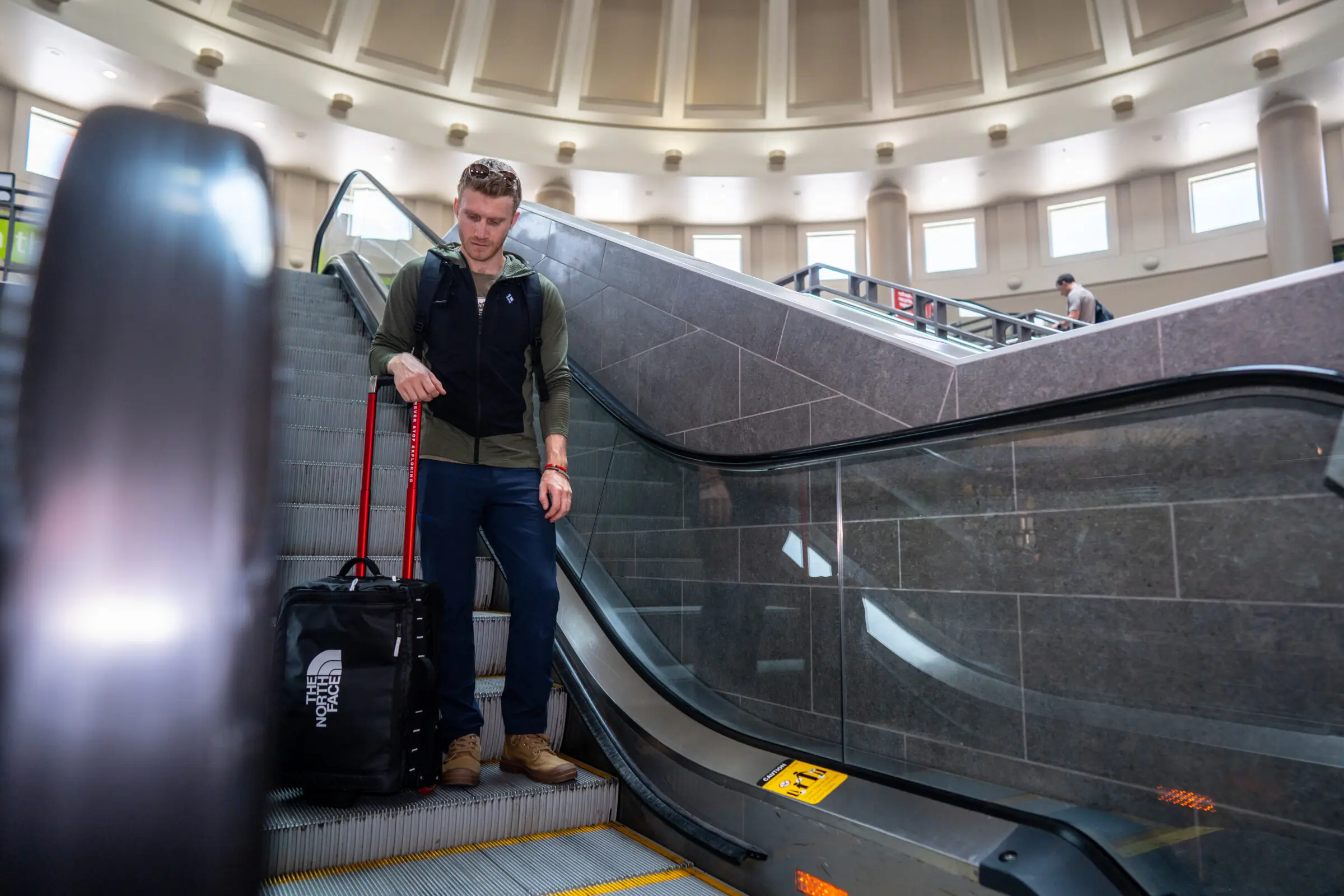



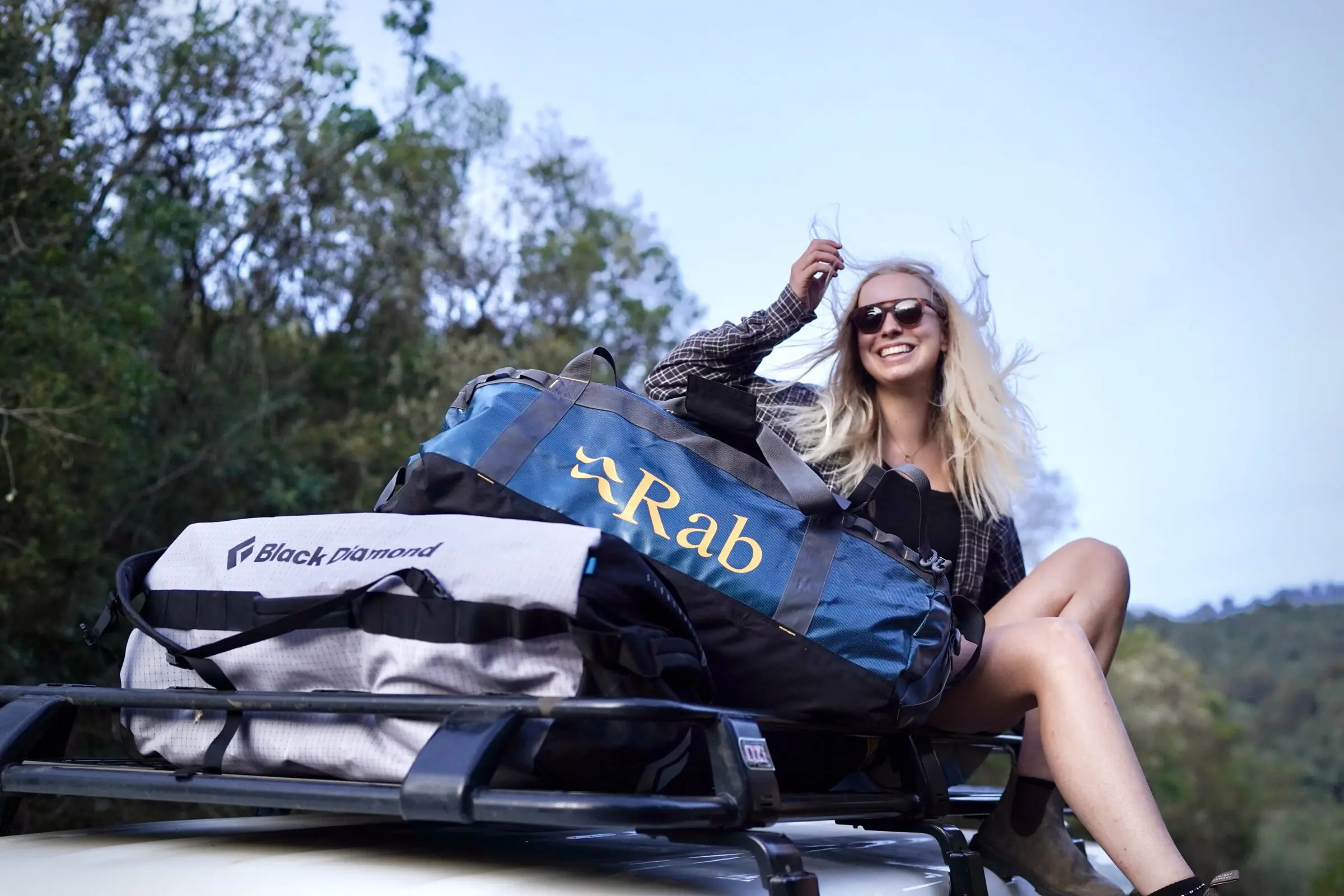

The Best Duffel Bags of 2025
We tested the best duffel bags of 2024 with options for every adventure and budget. Top picks include Patagonia, Black Diamond, and more!
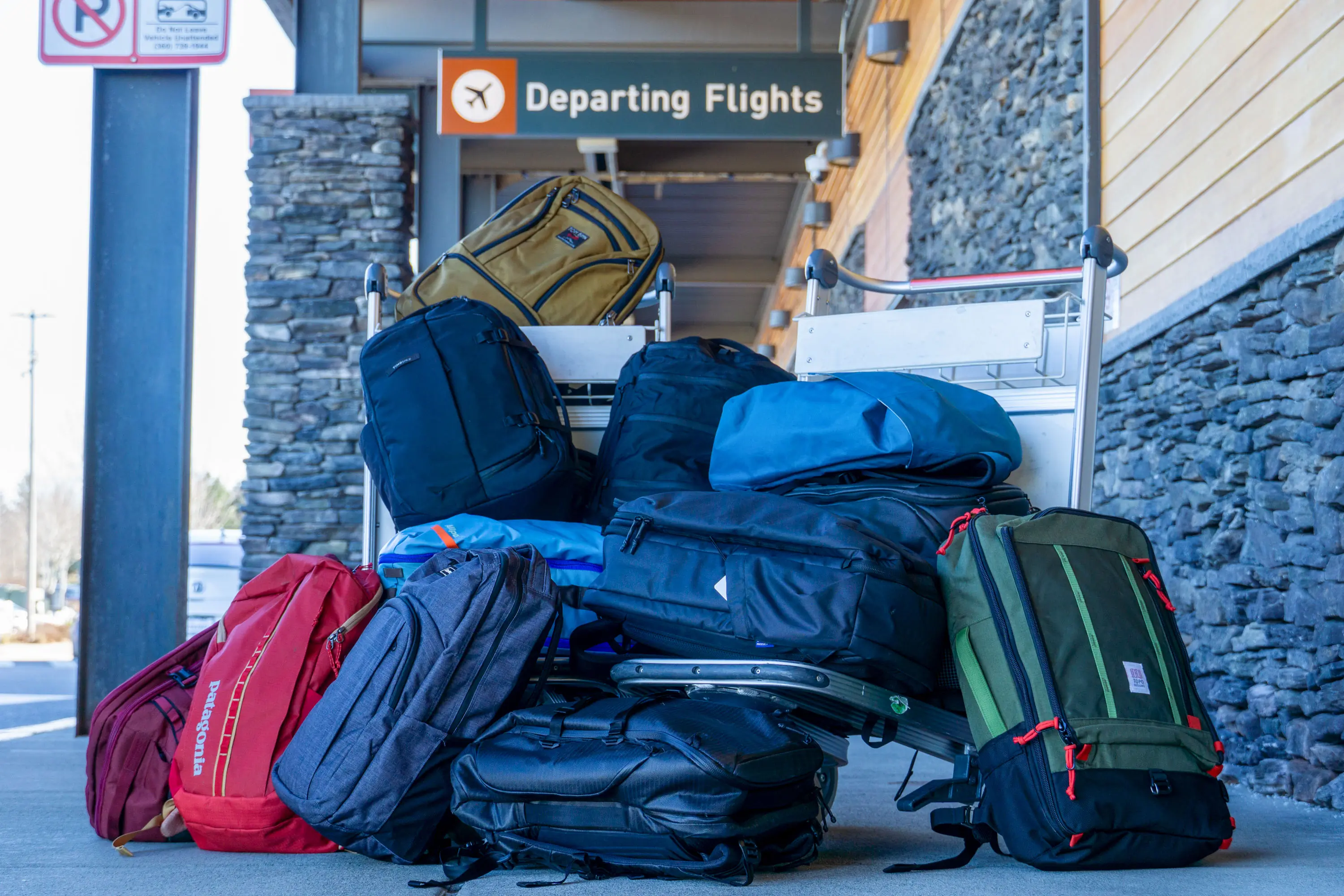

The Best Travel Backpacks of 2025
We found the best travel backpacks of 2024, including top picks from Peak Design, Osprey, Patagonia, and more.
